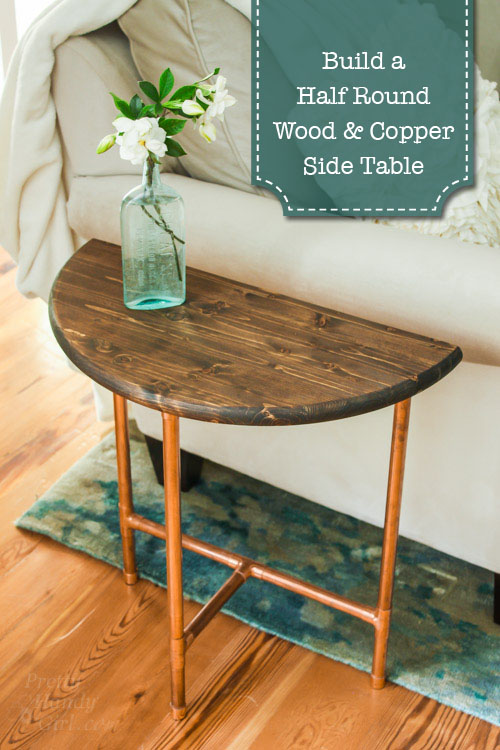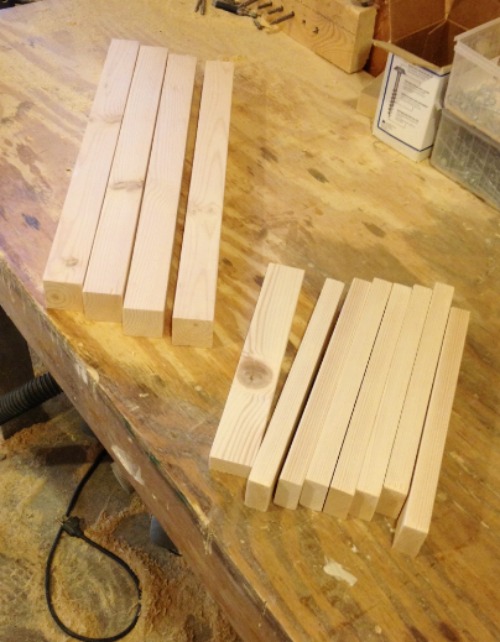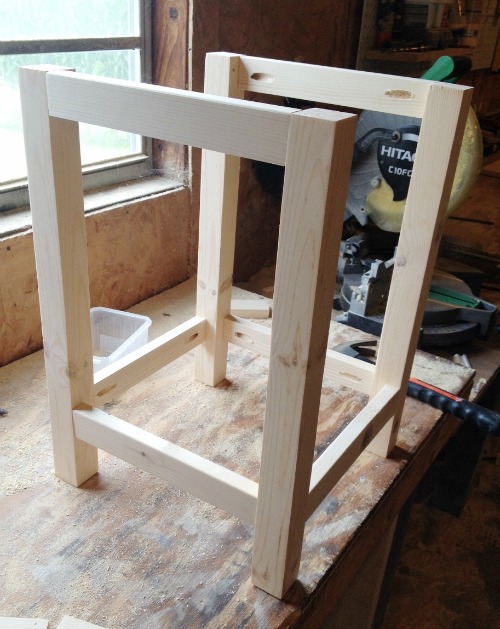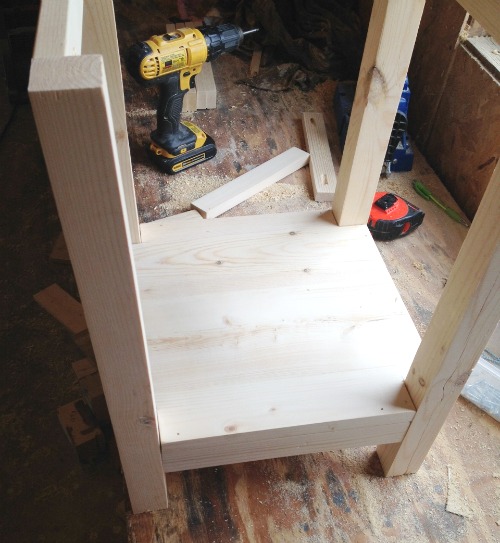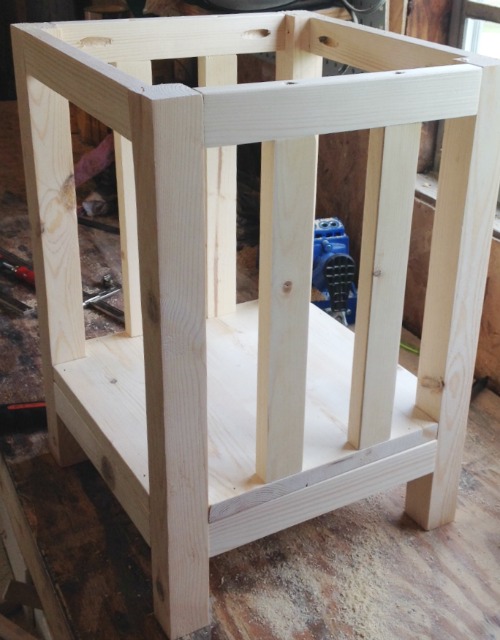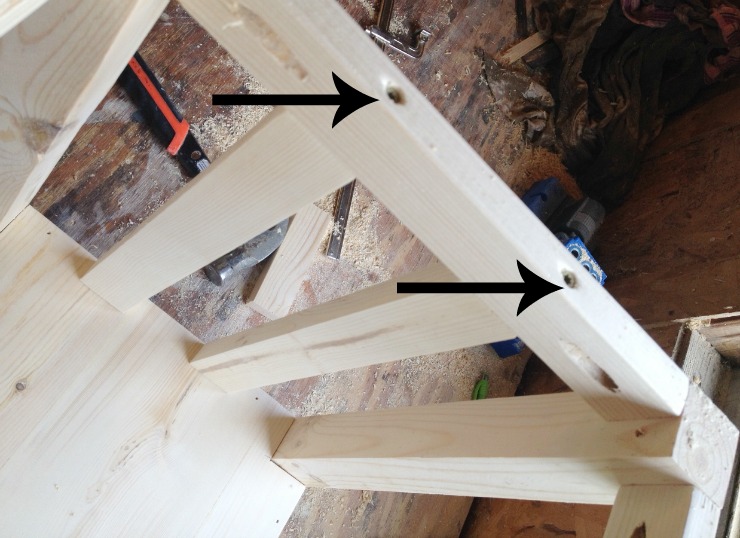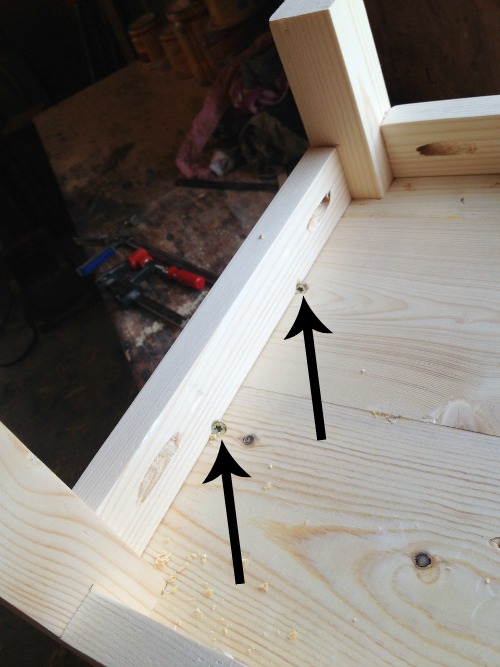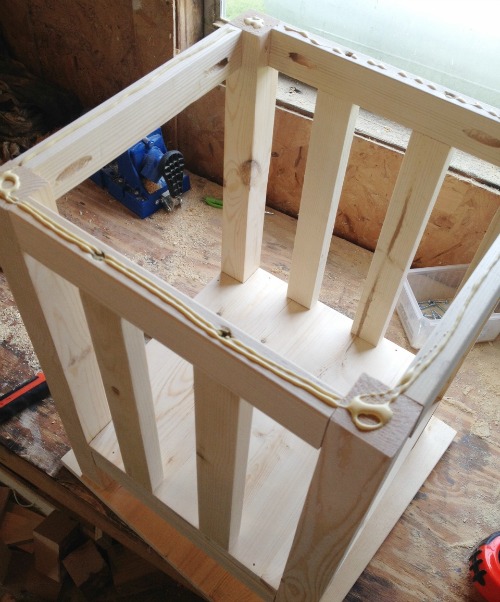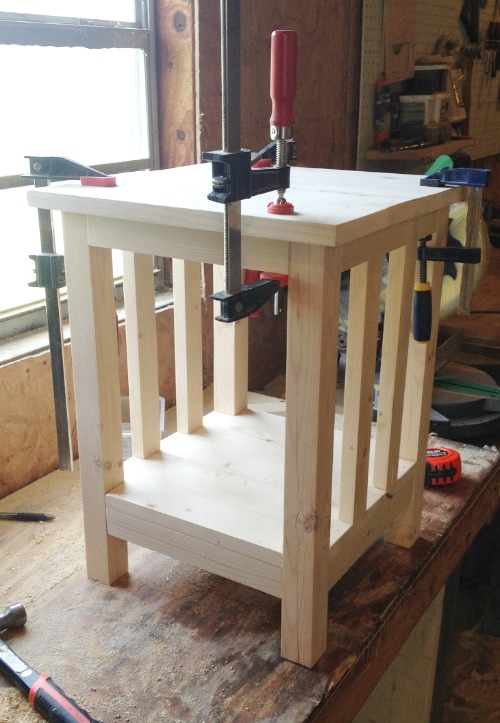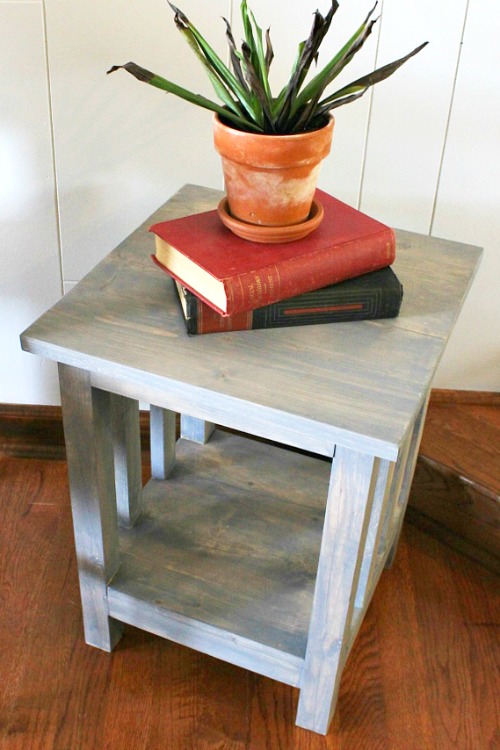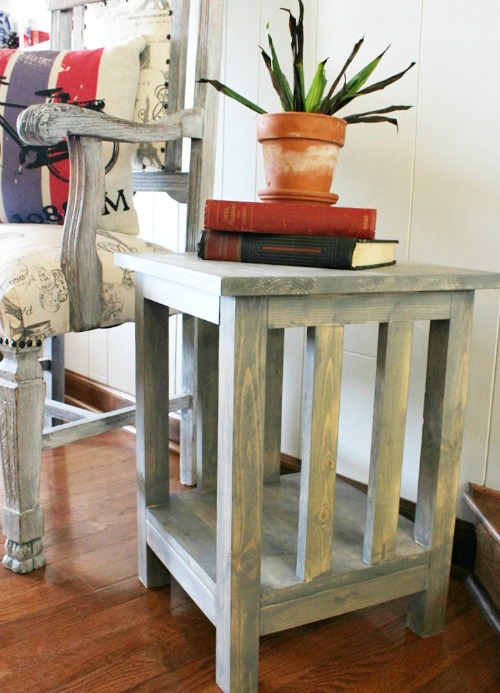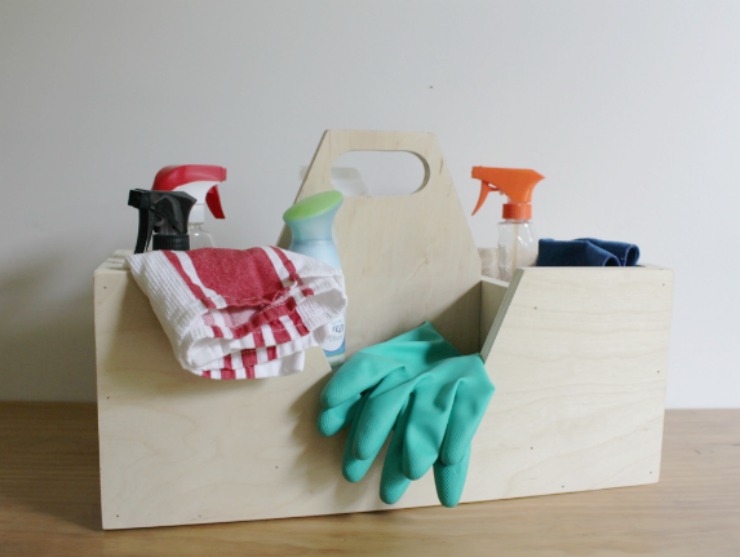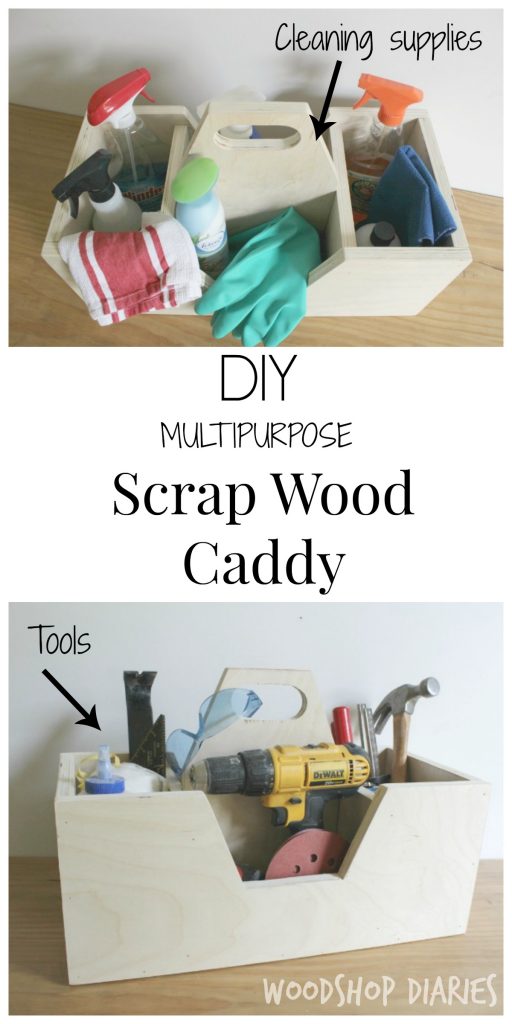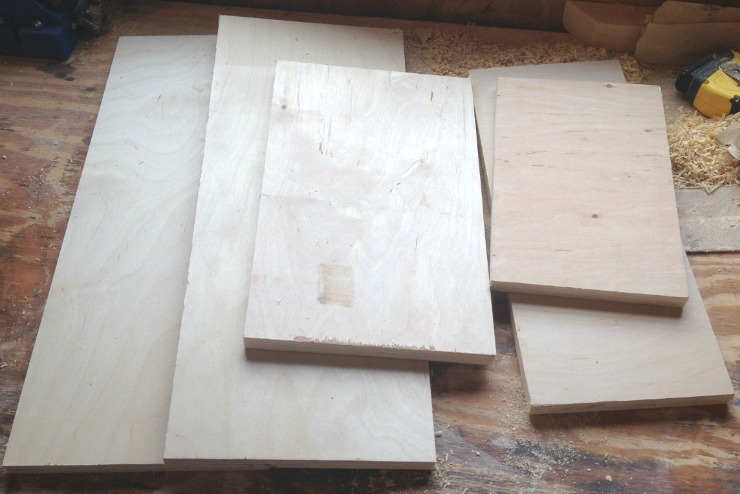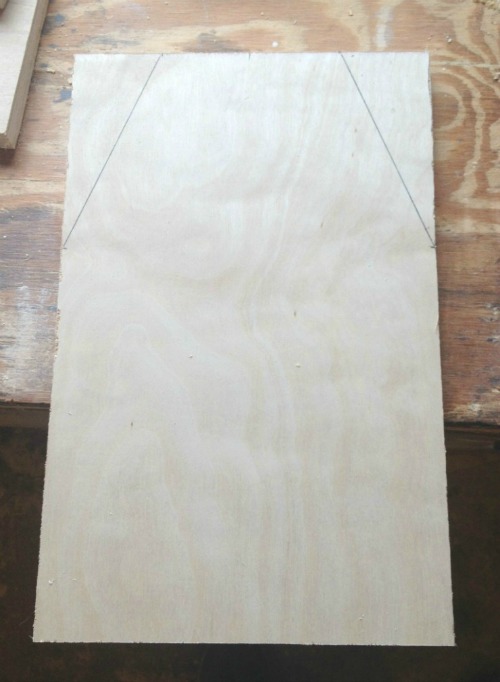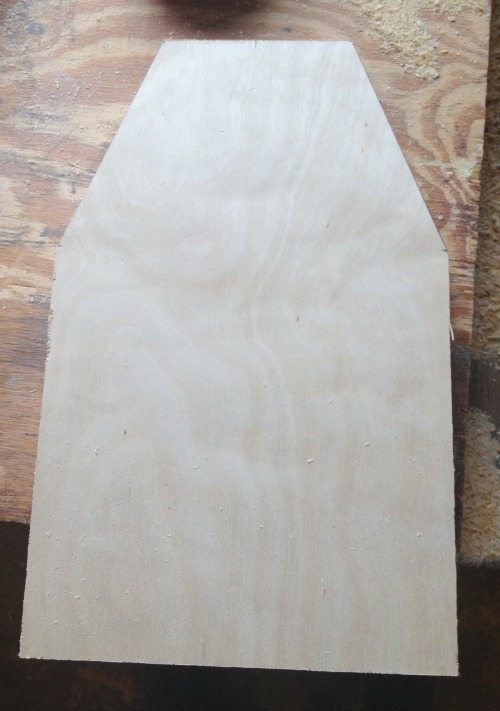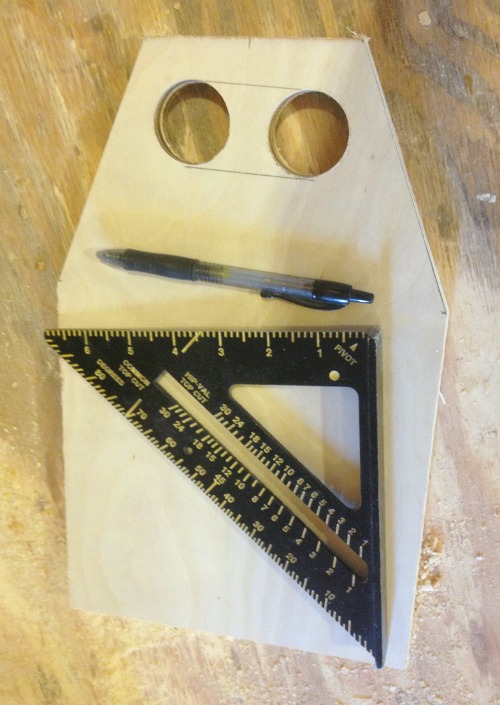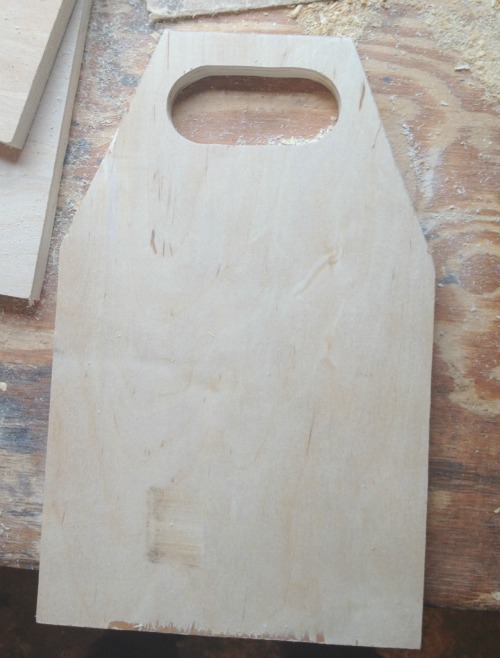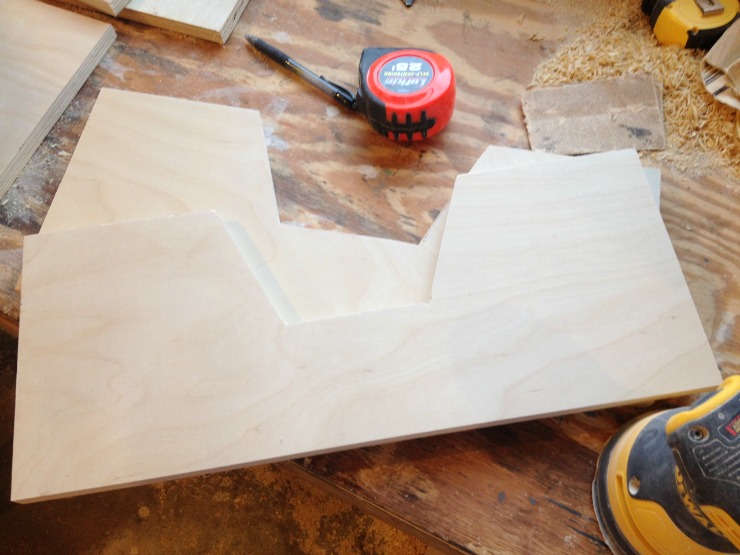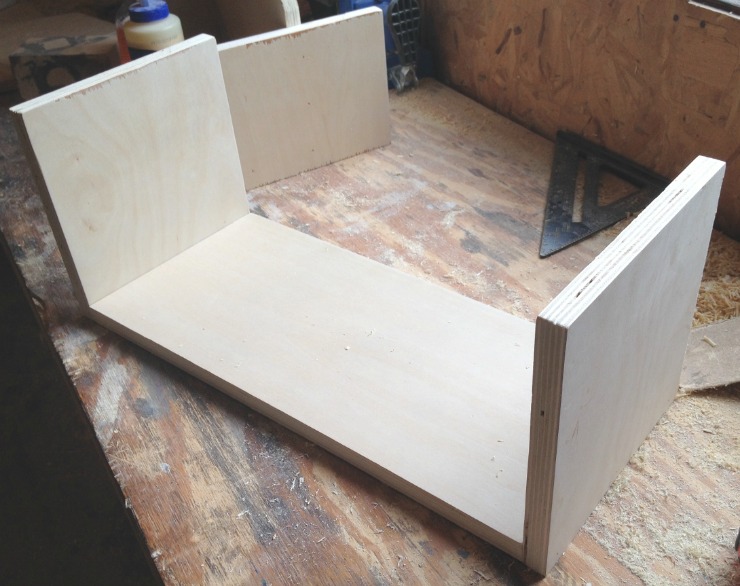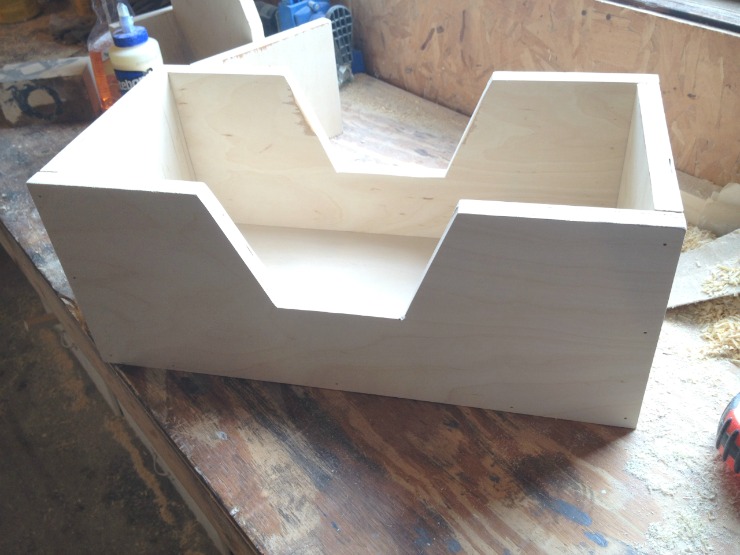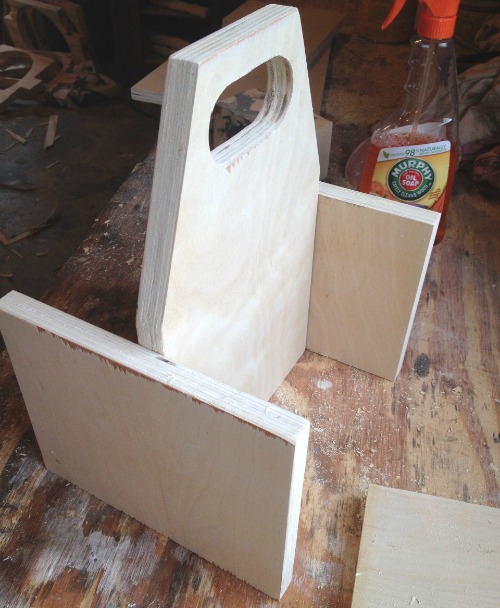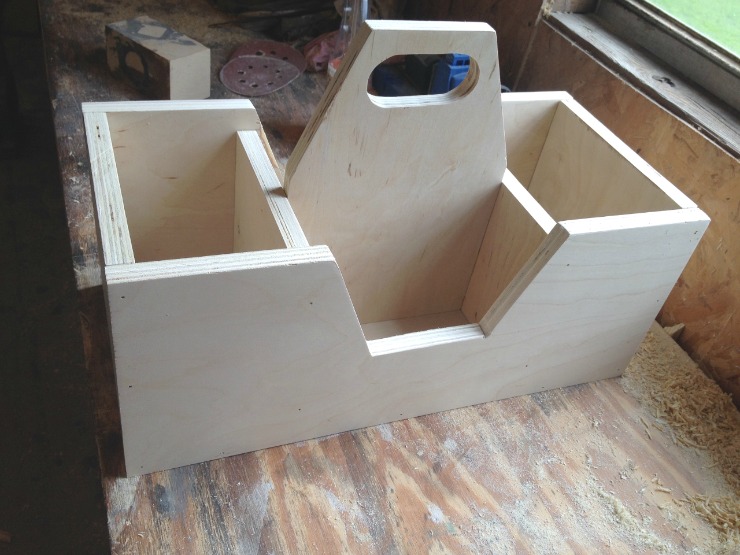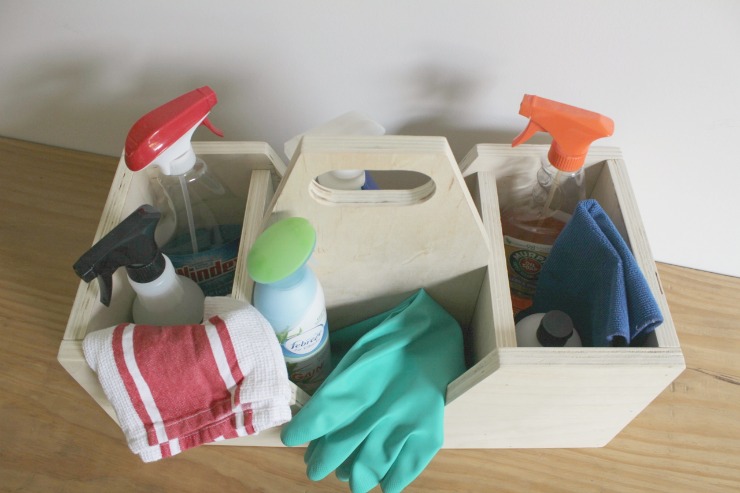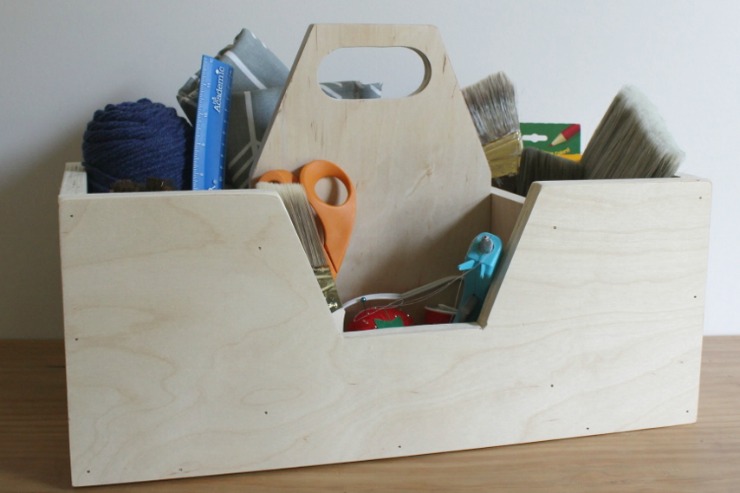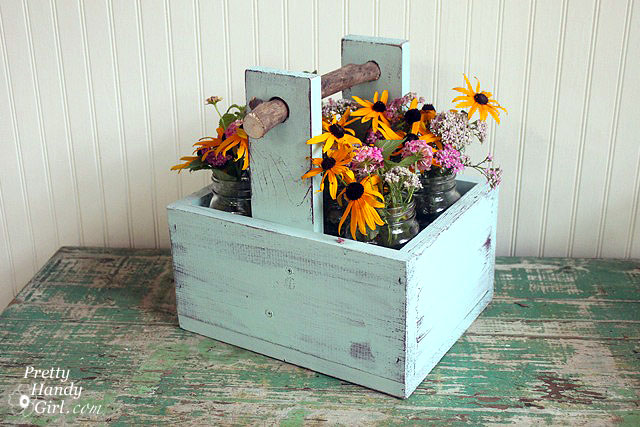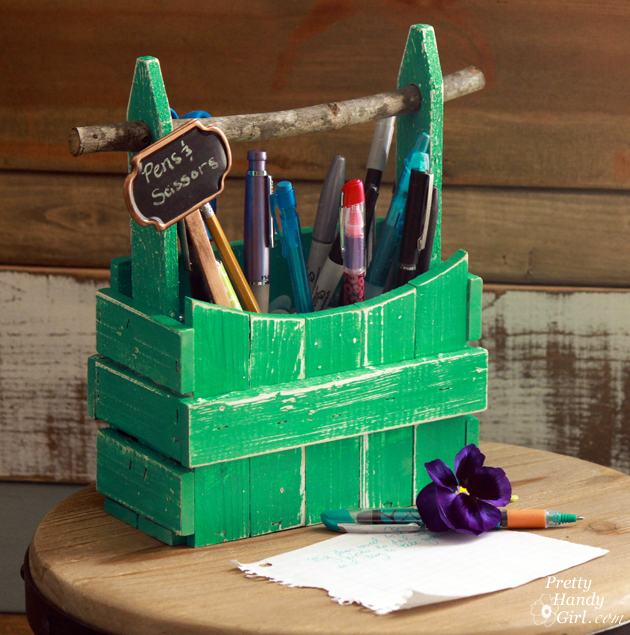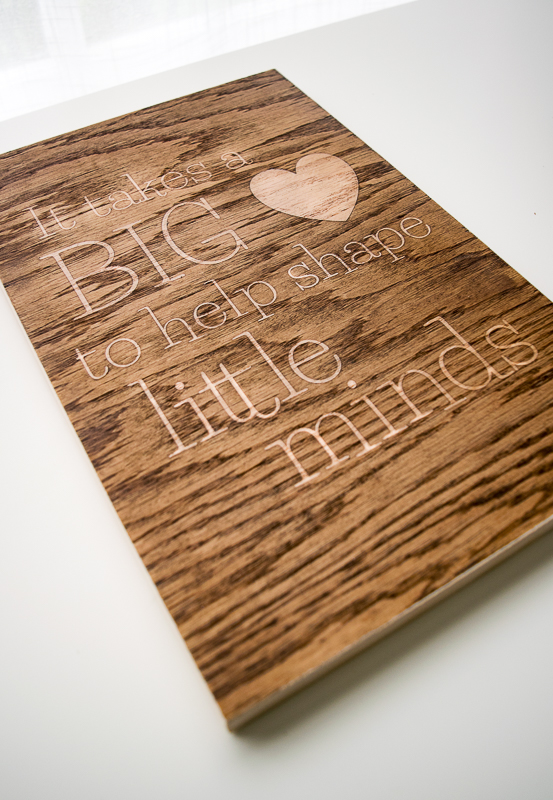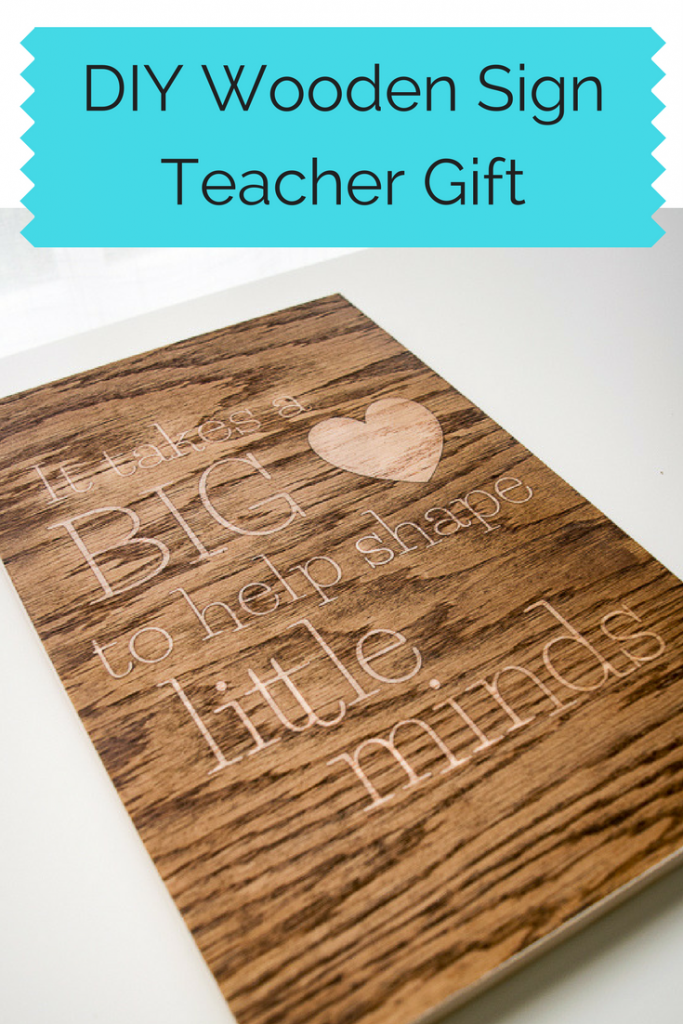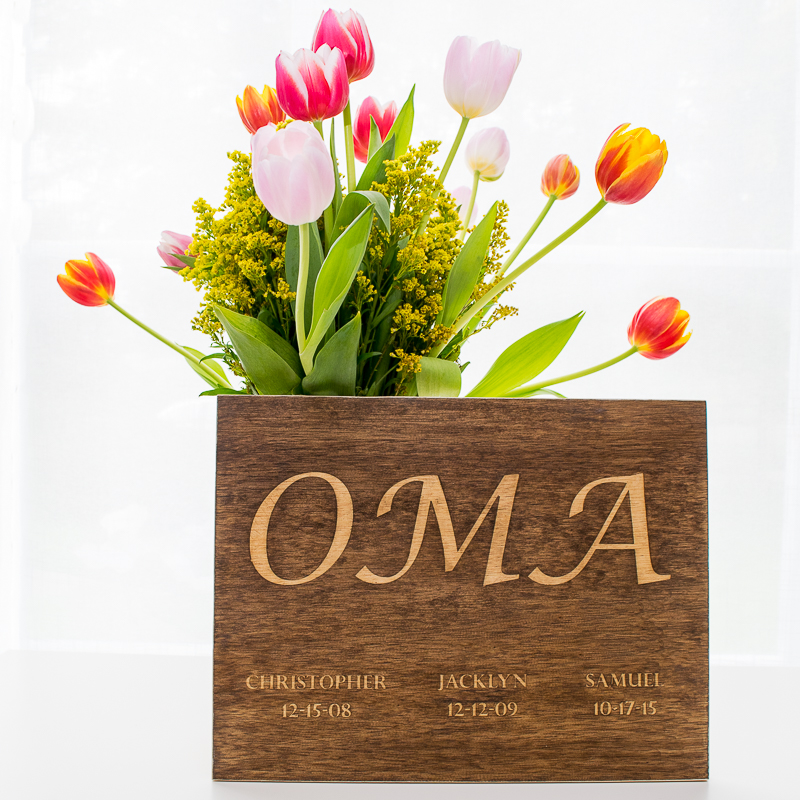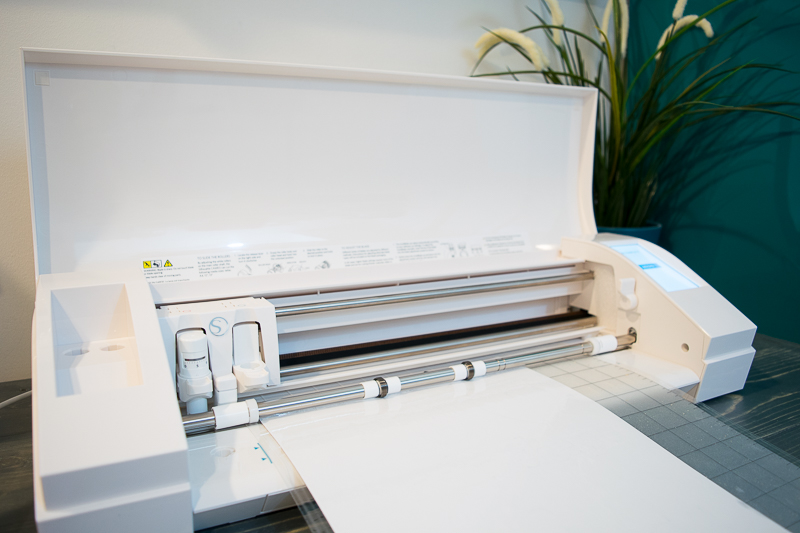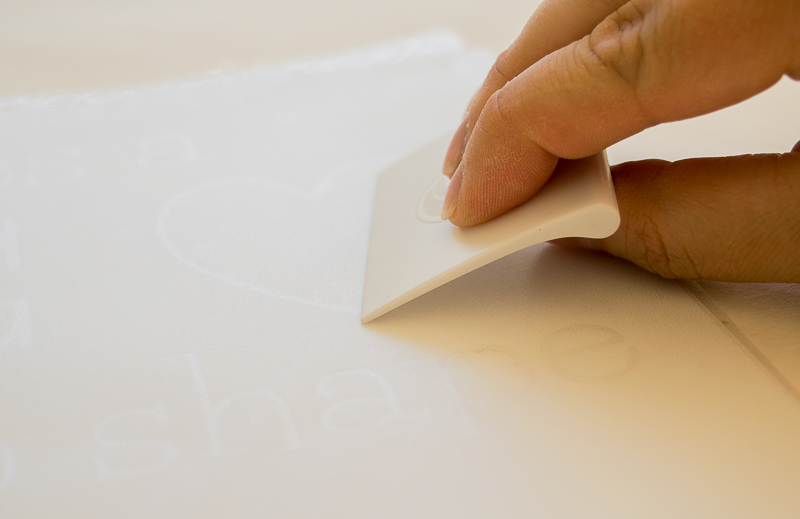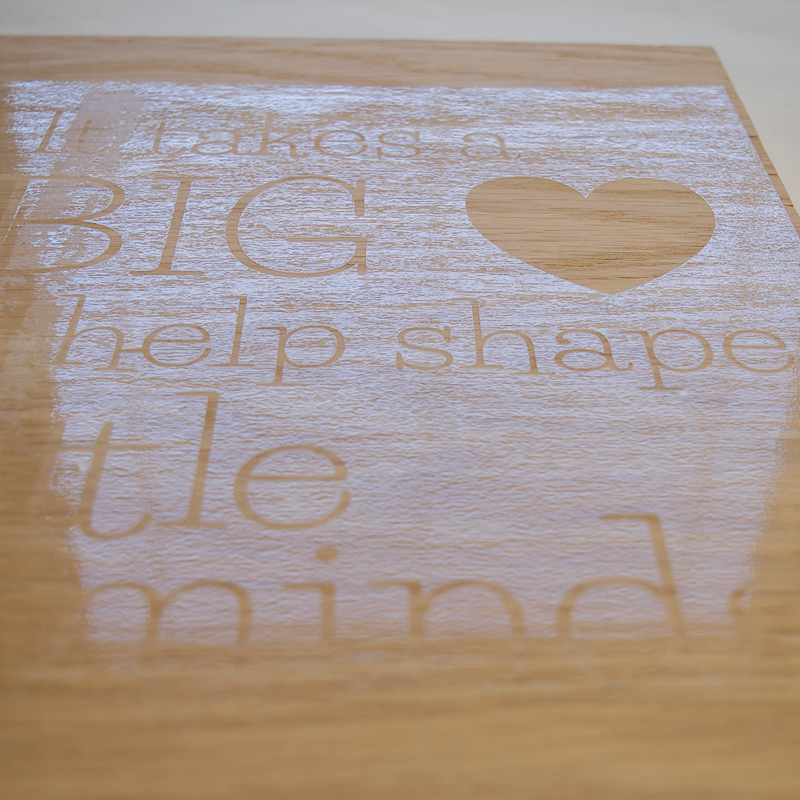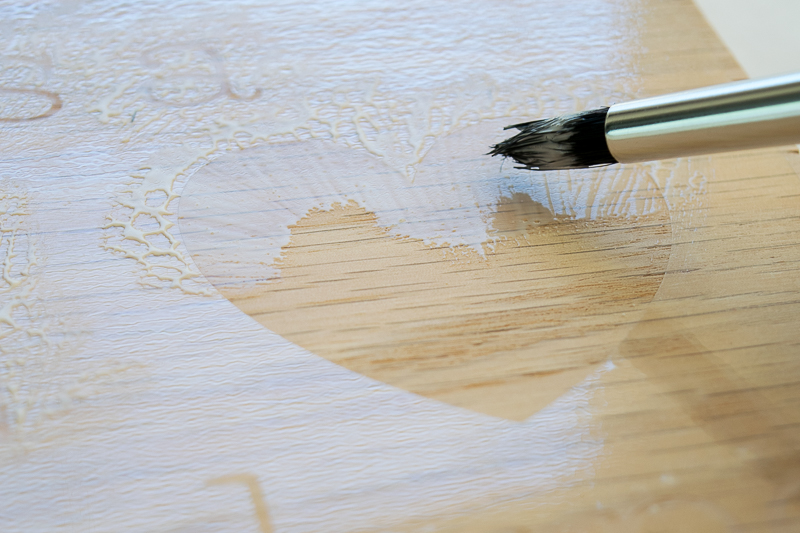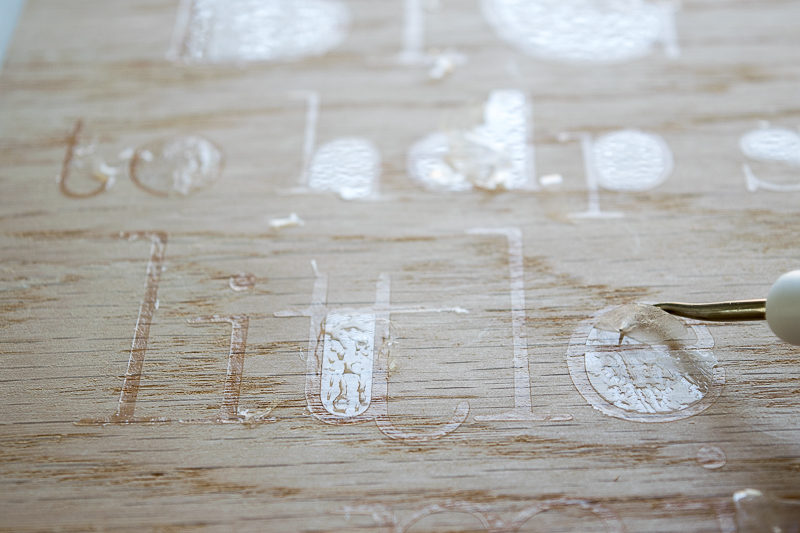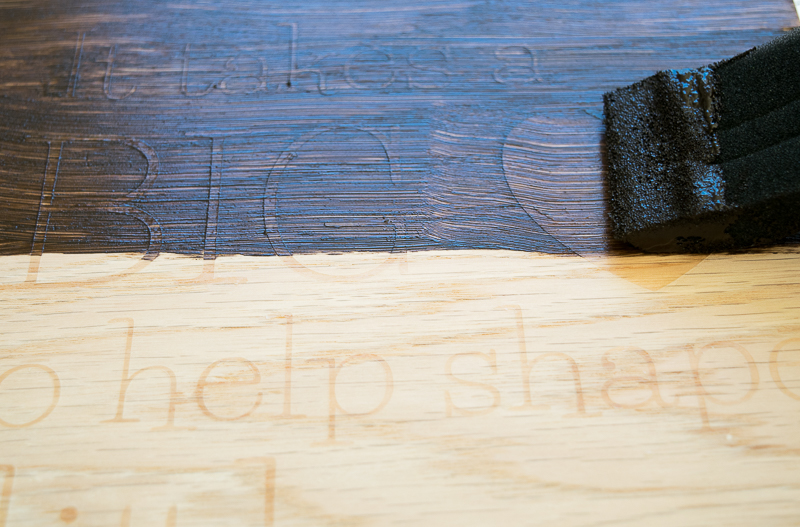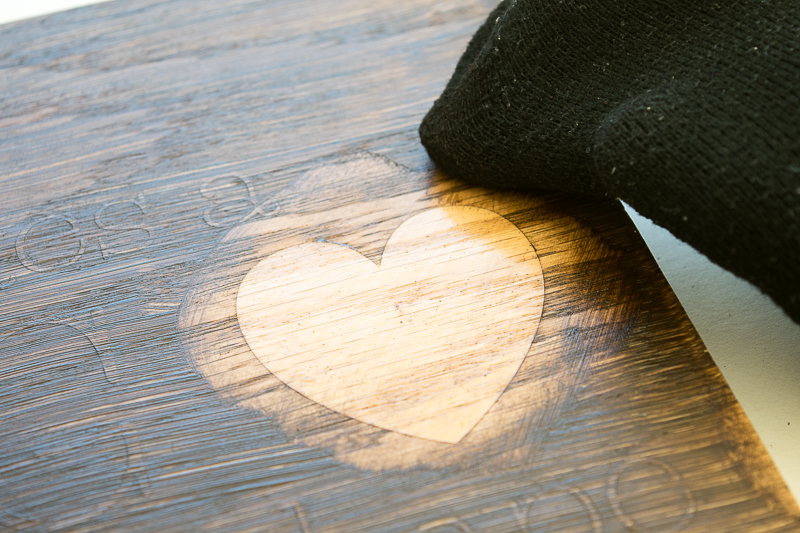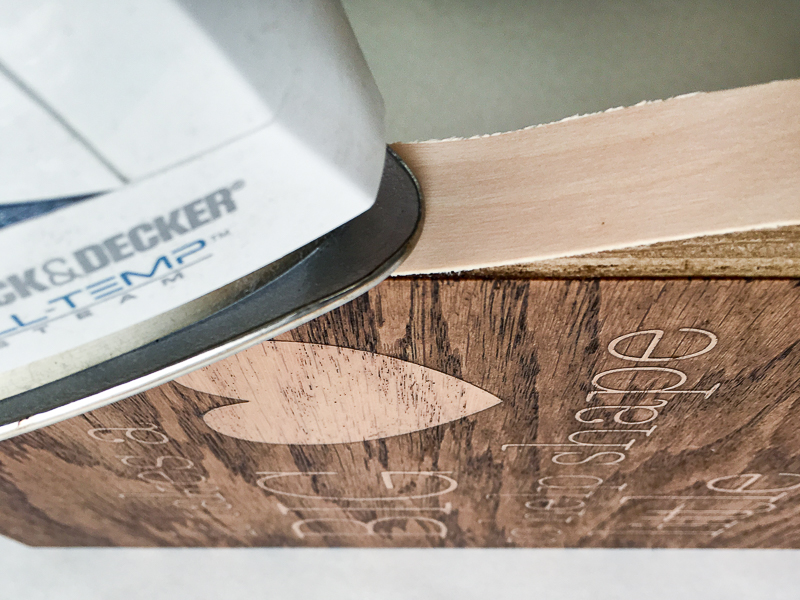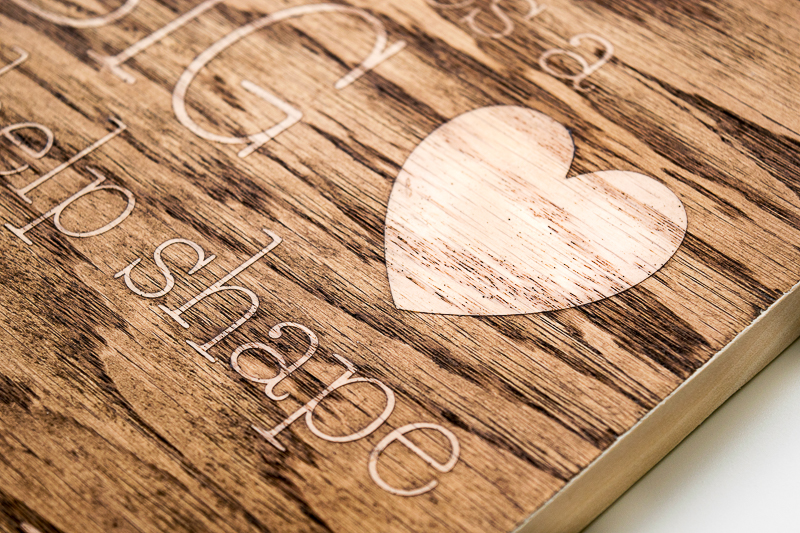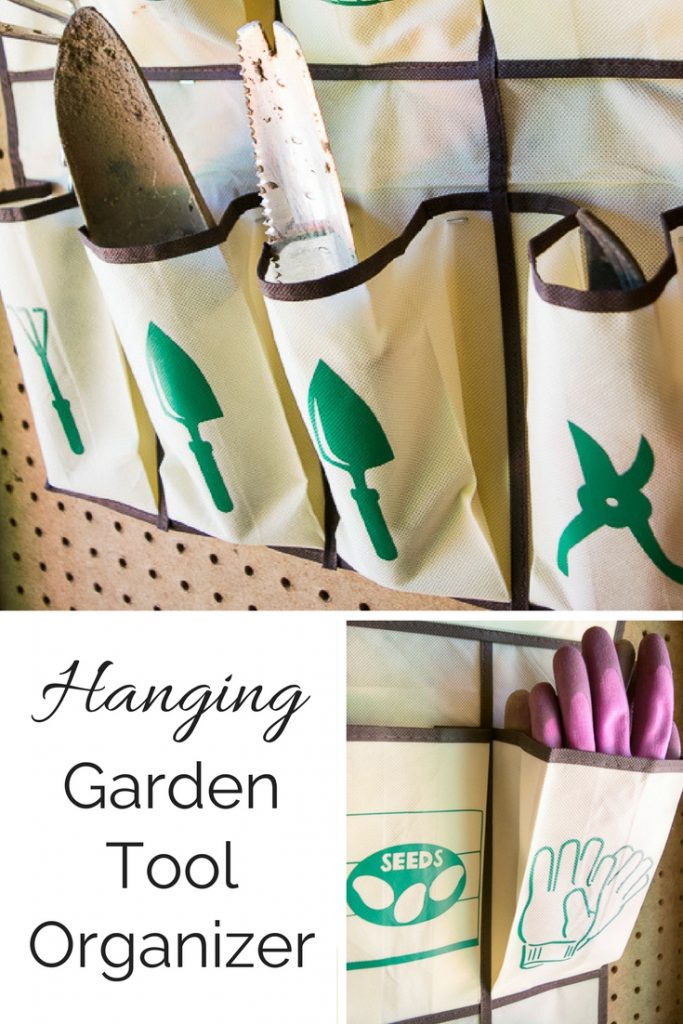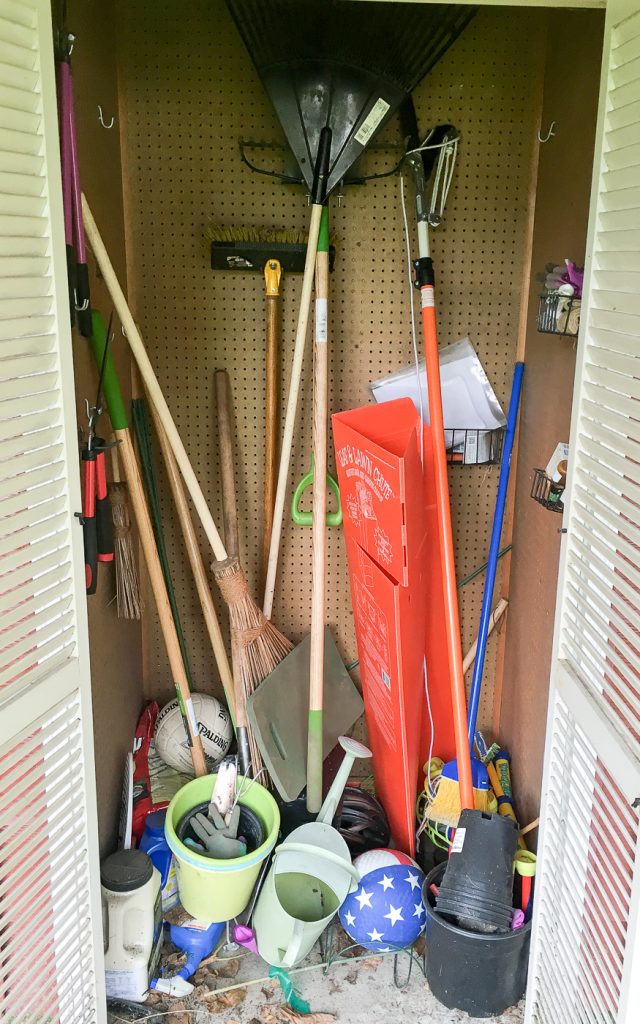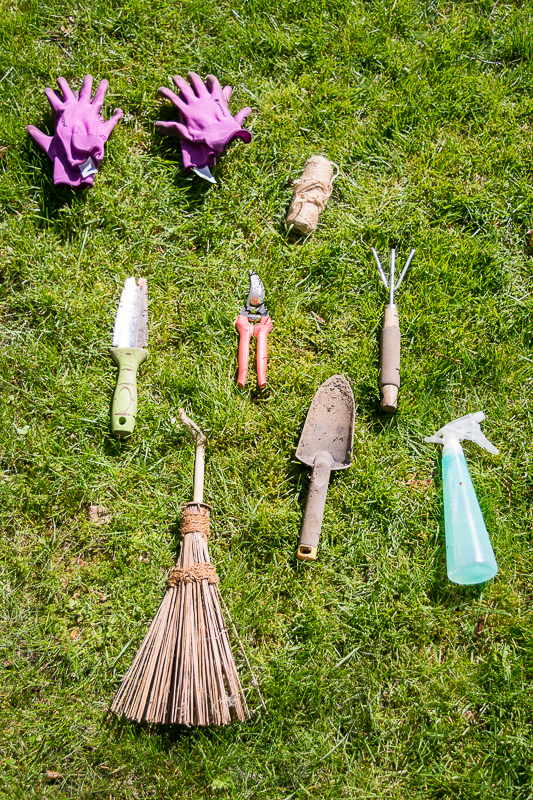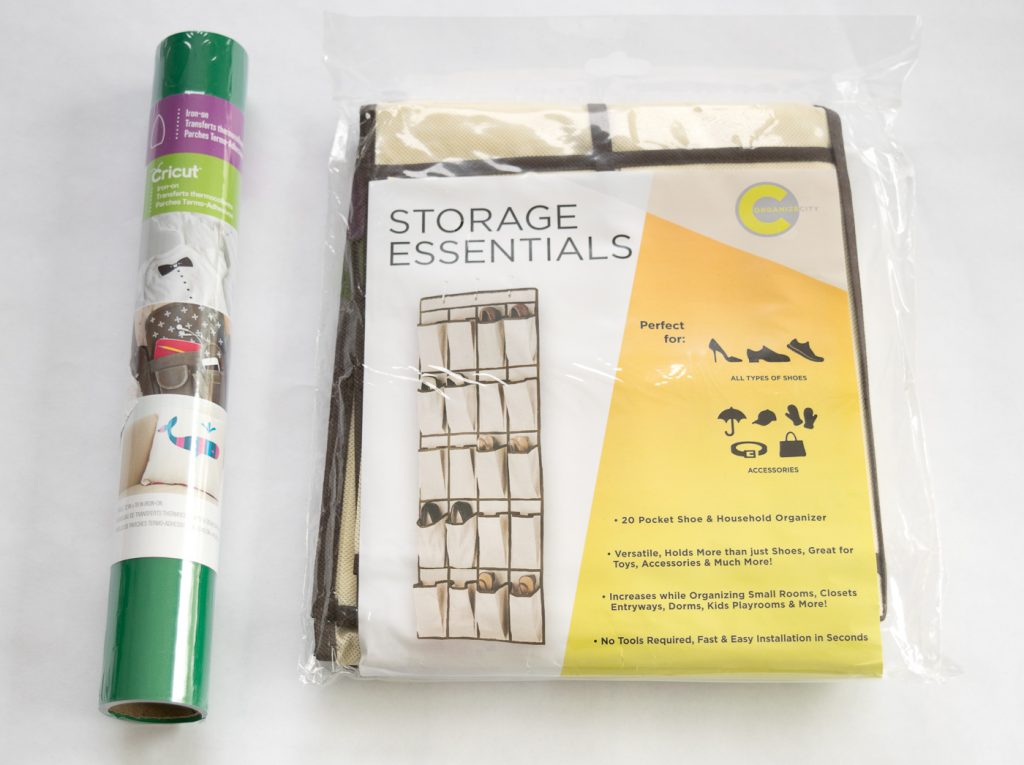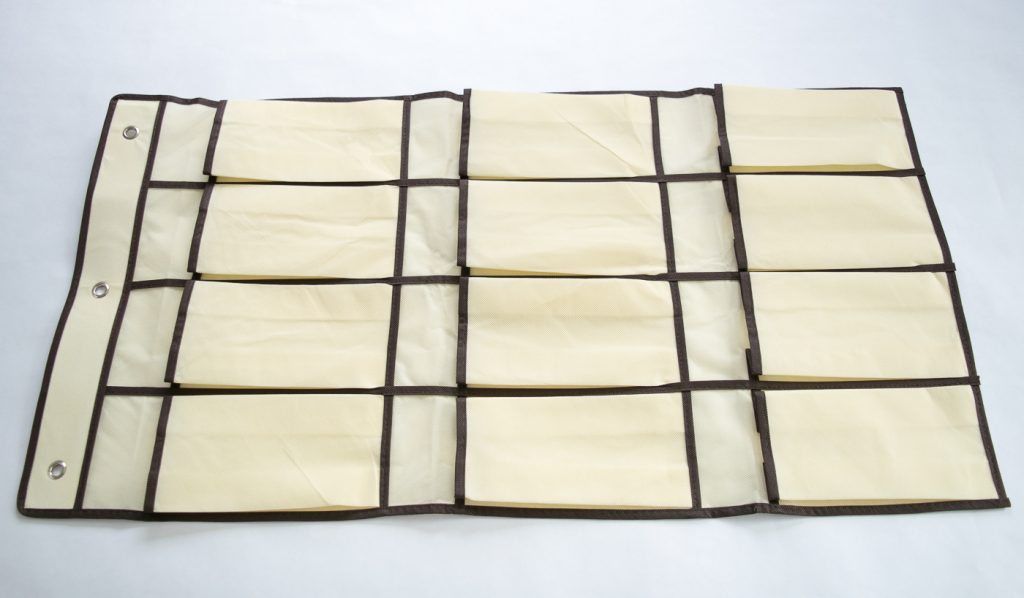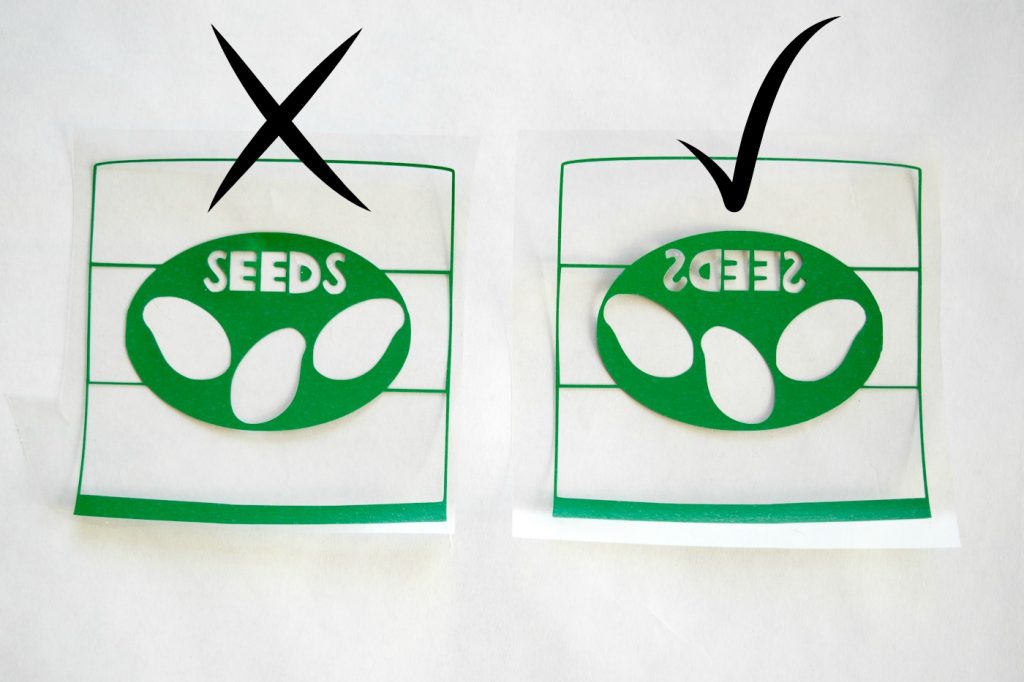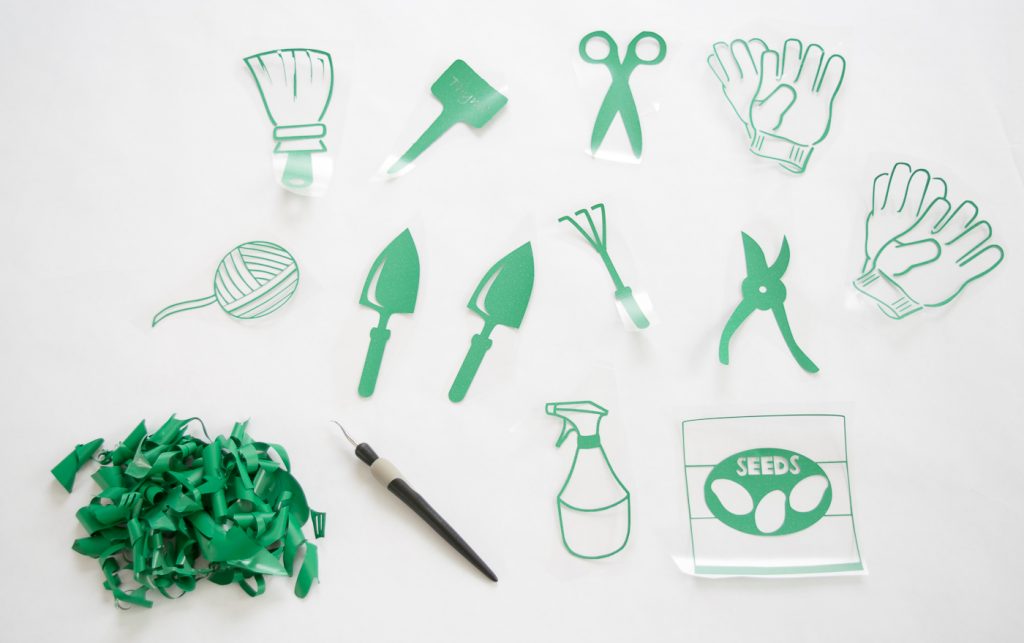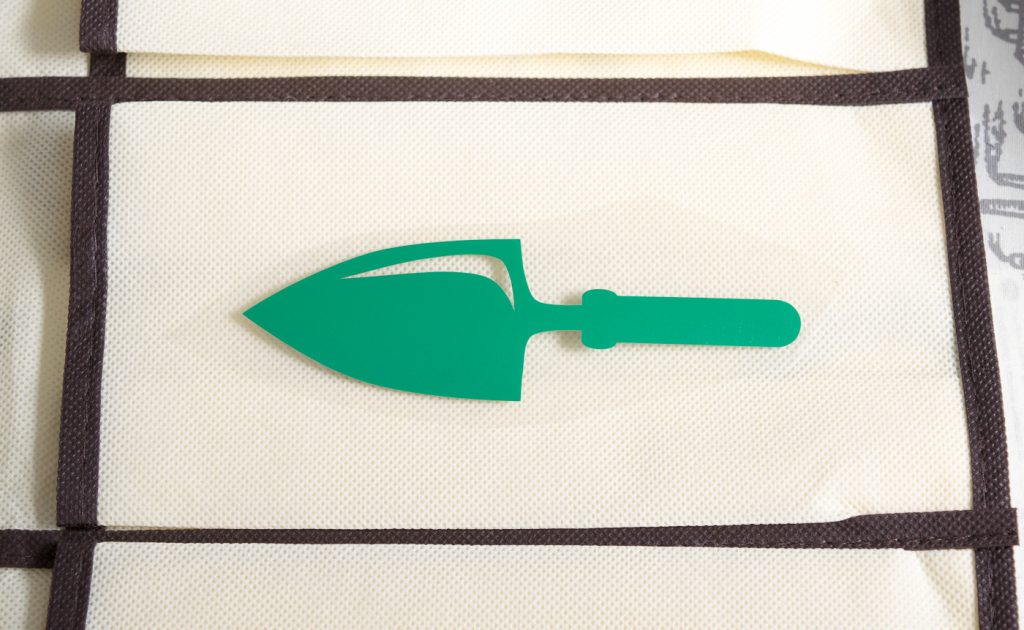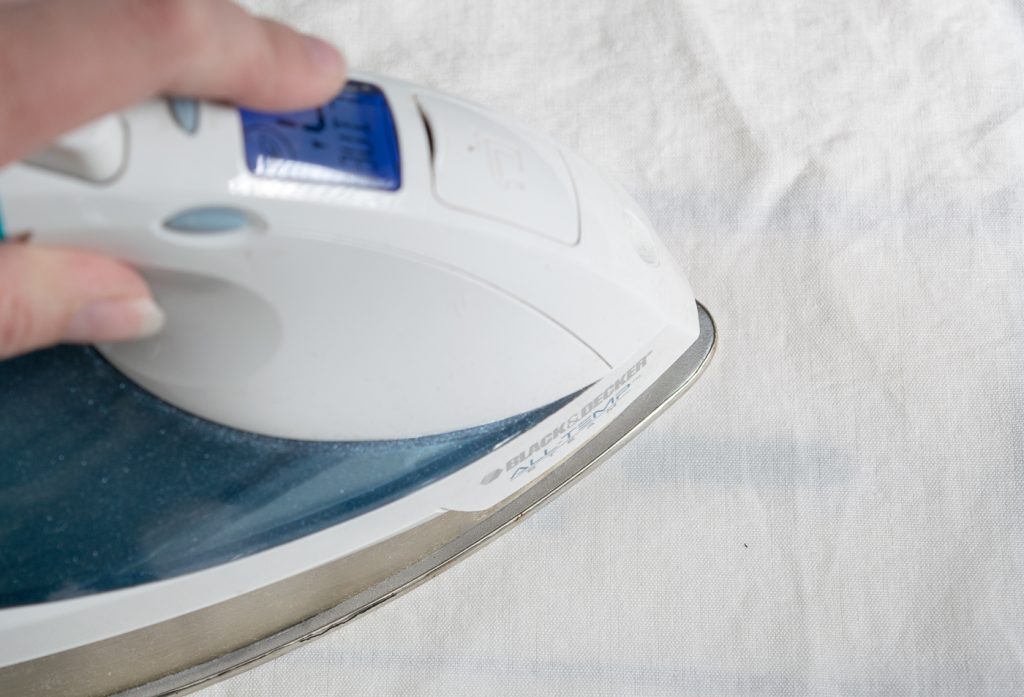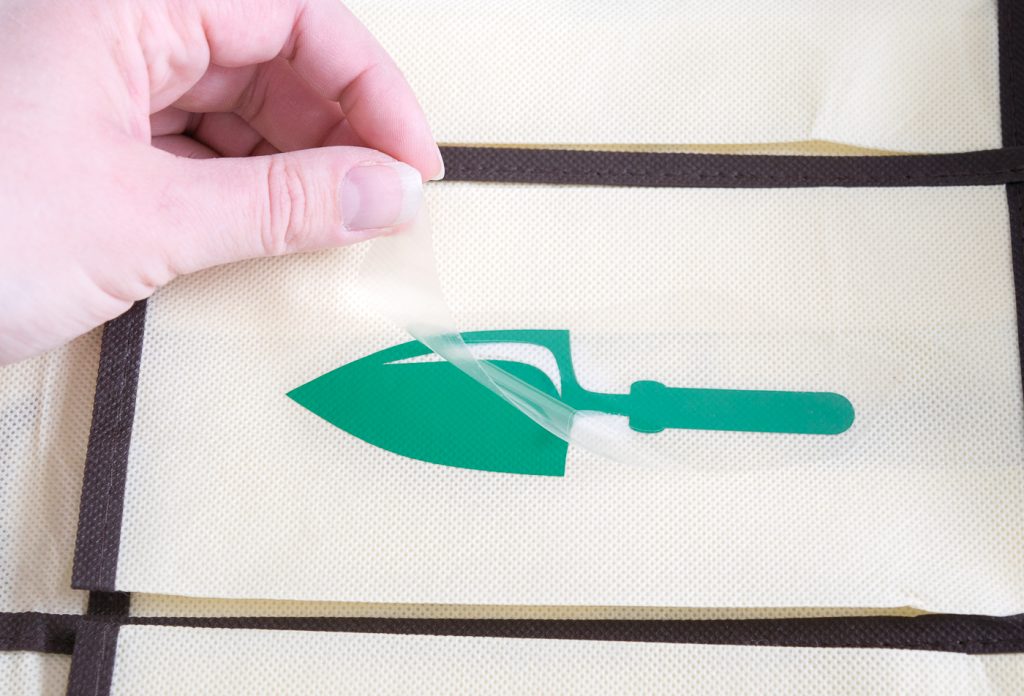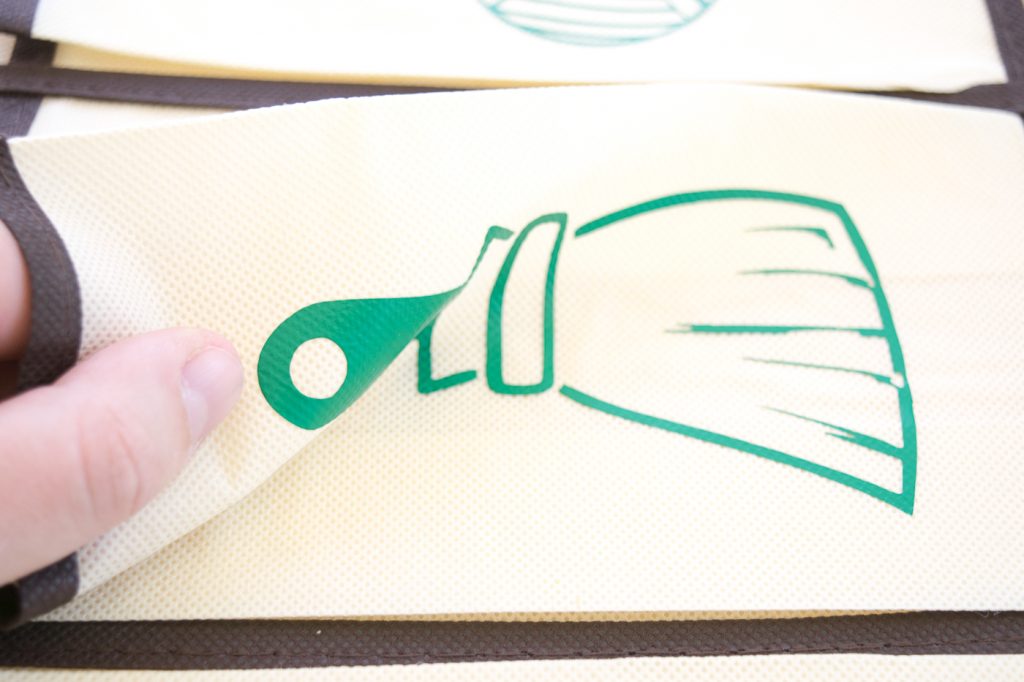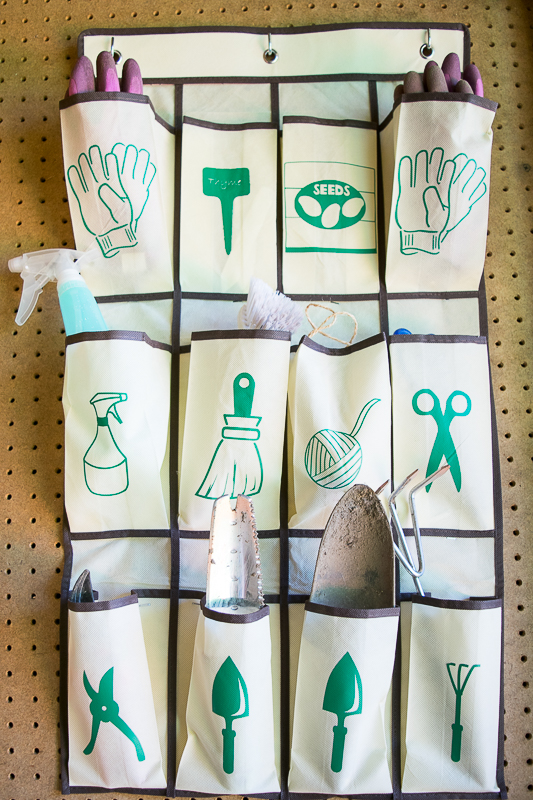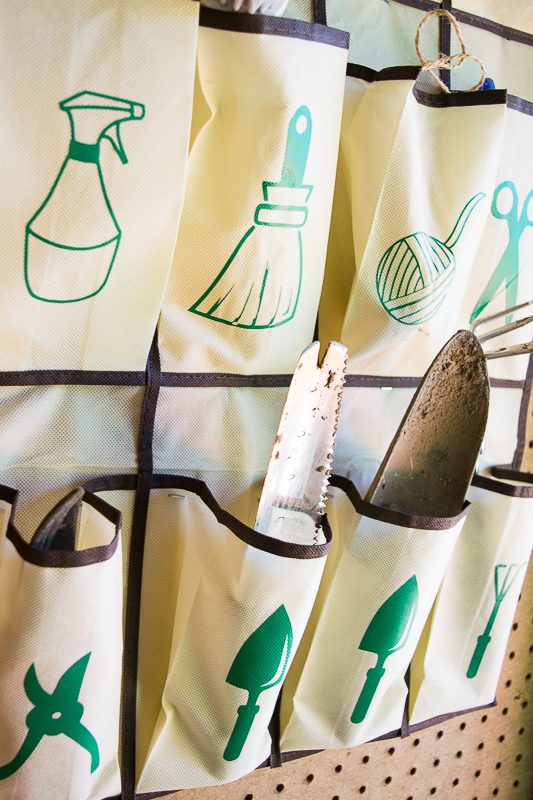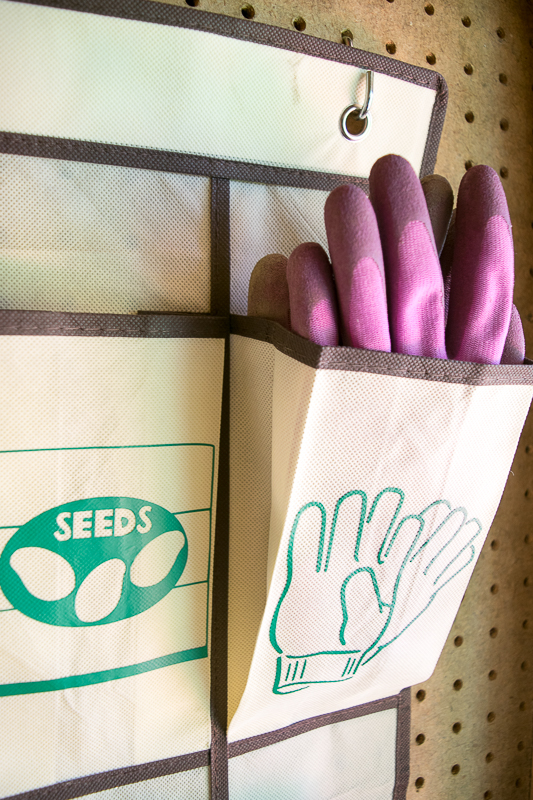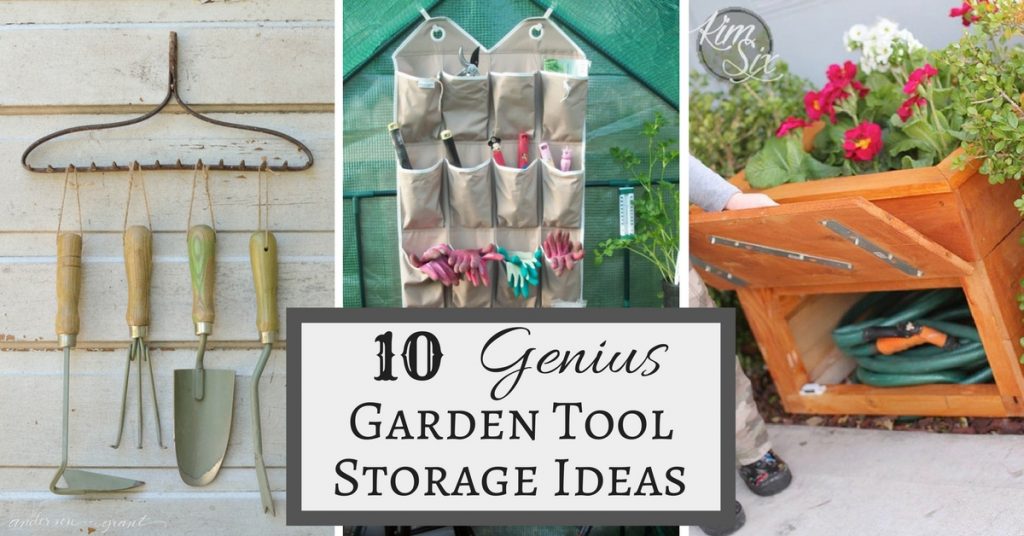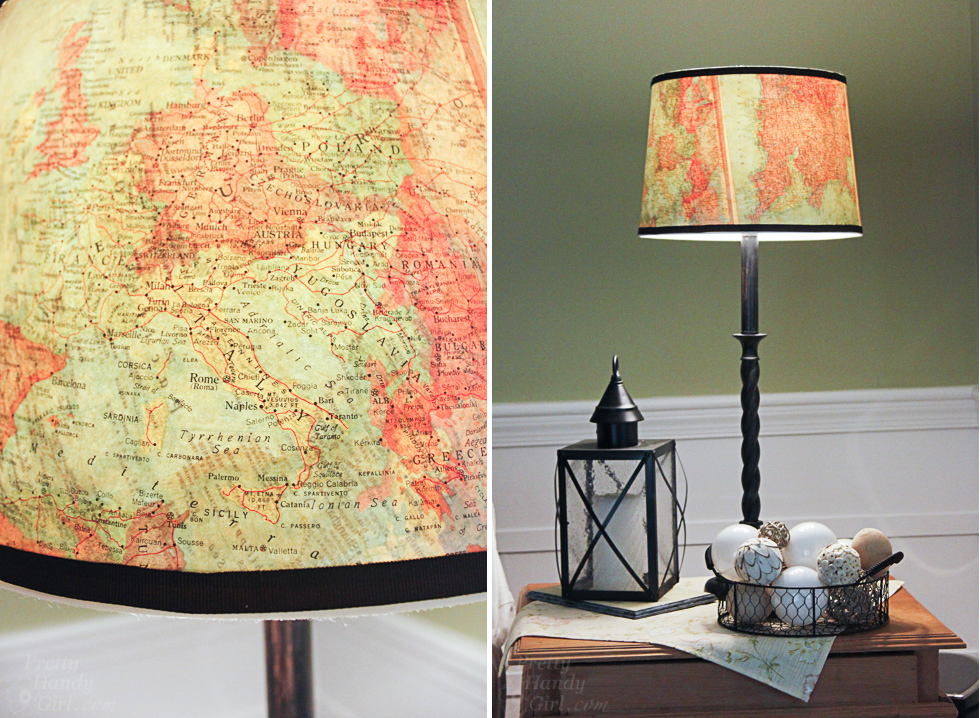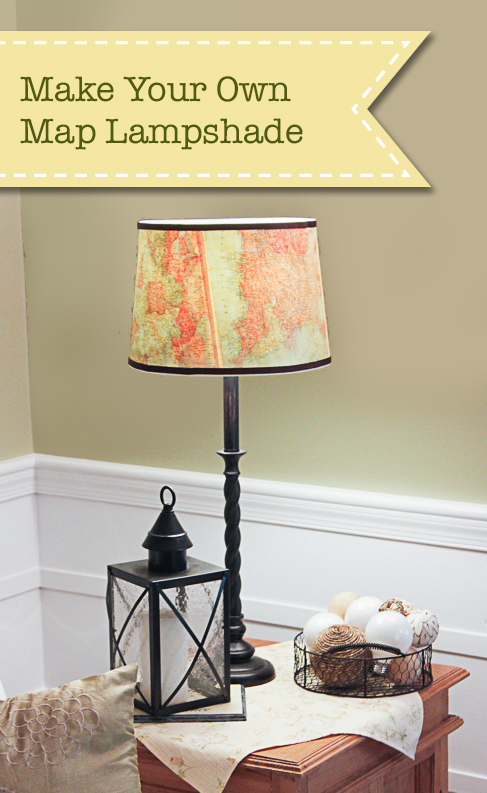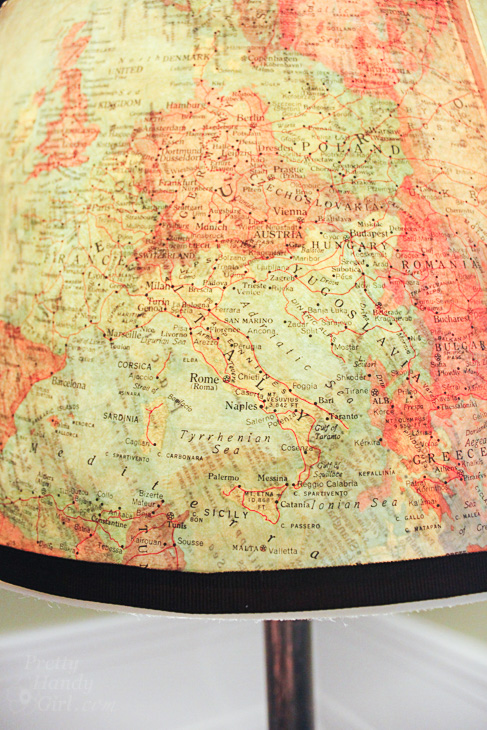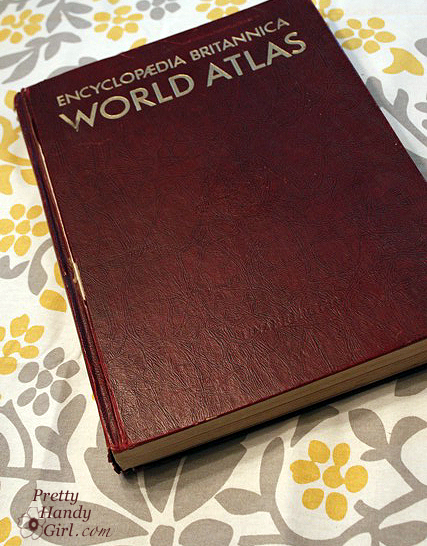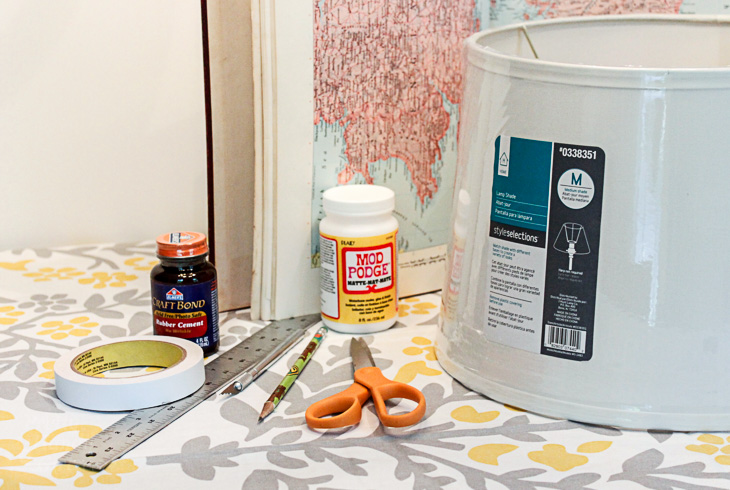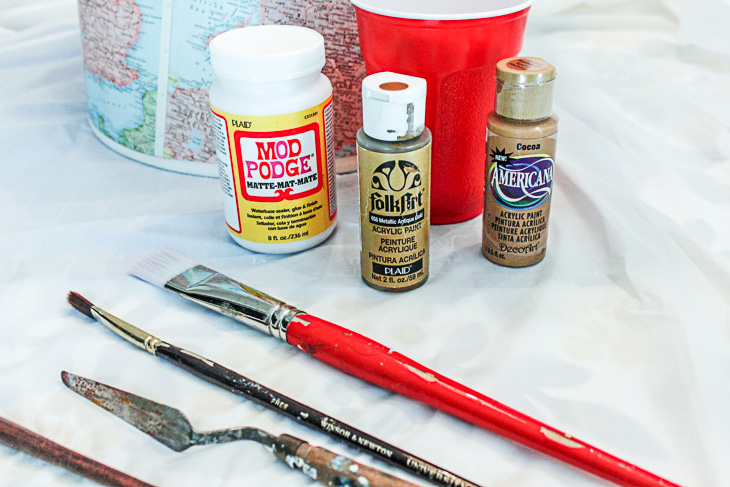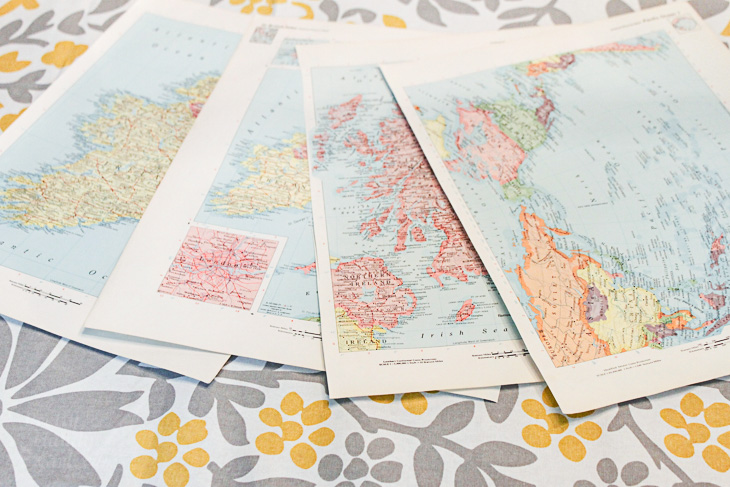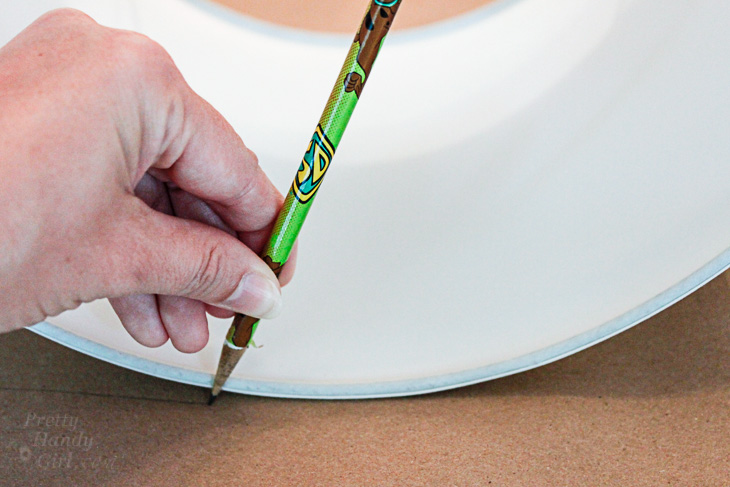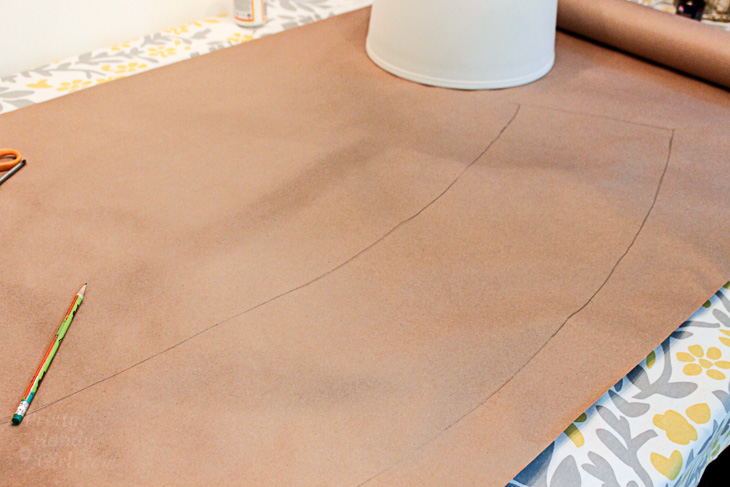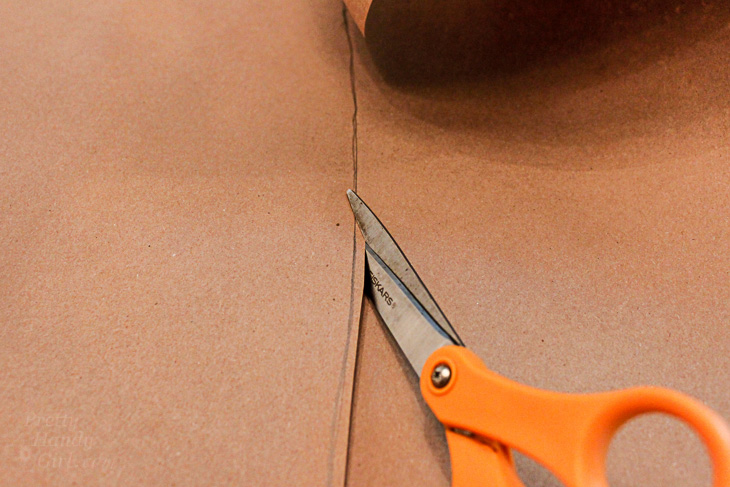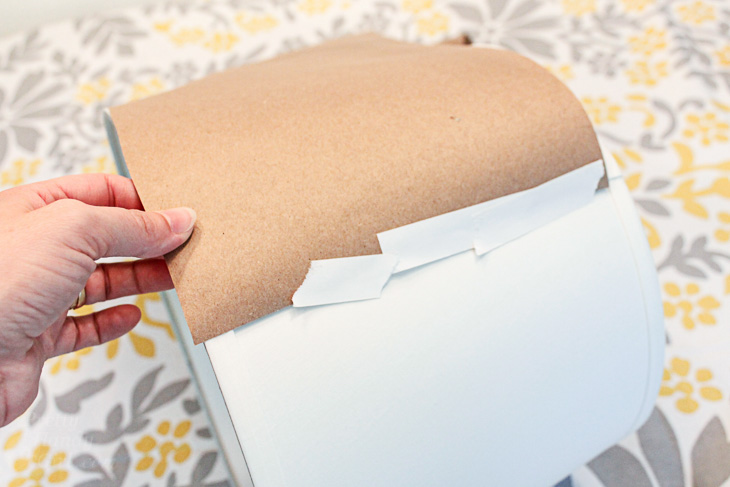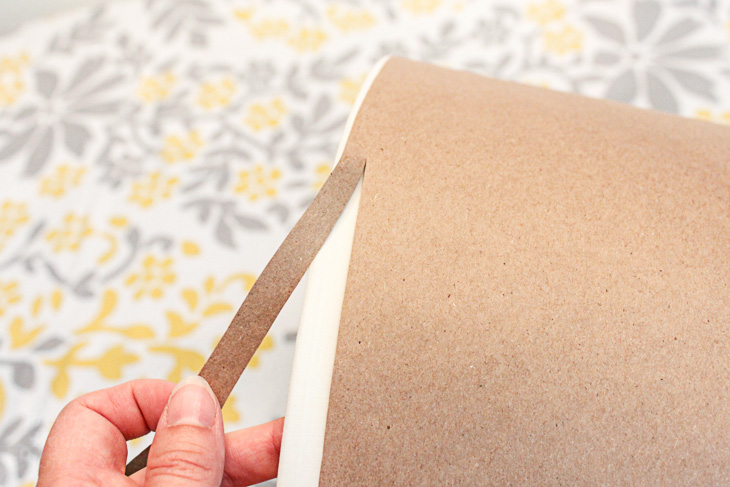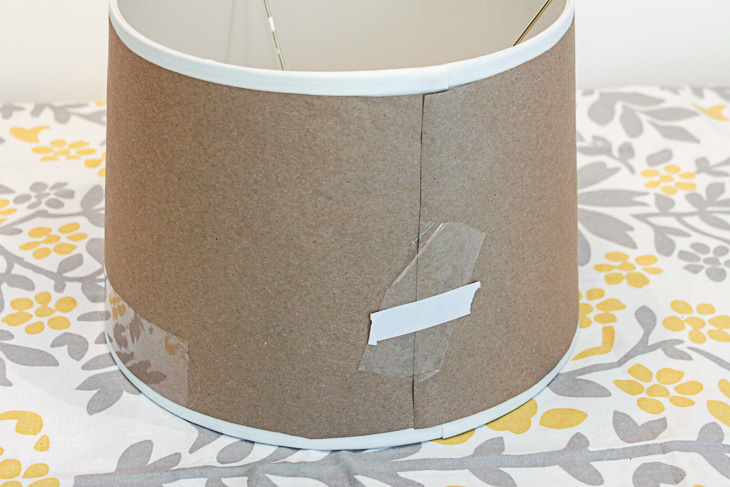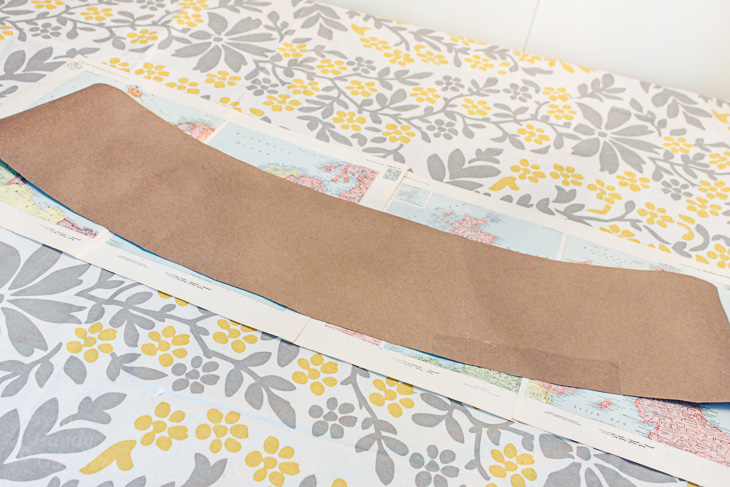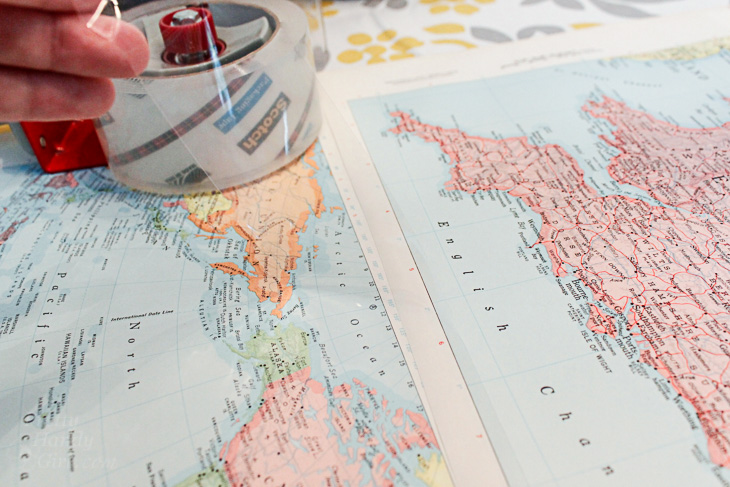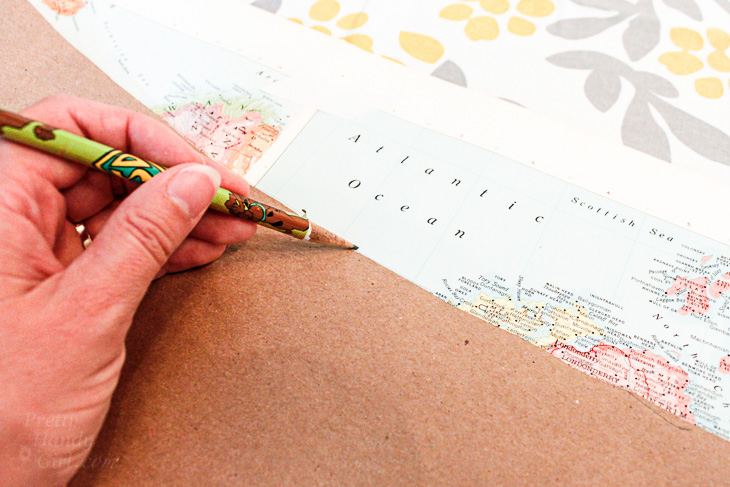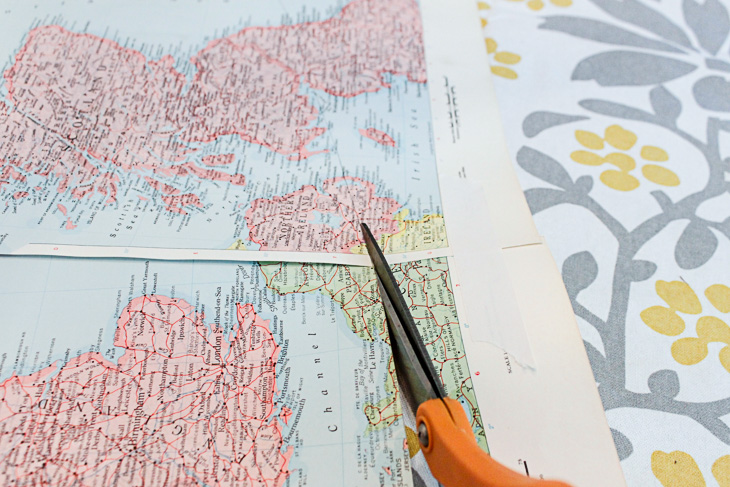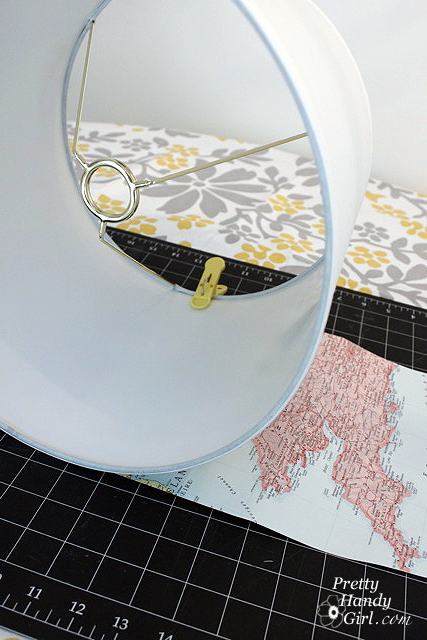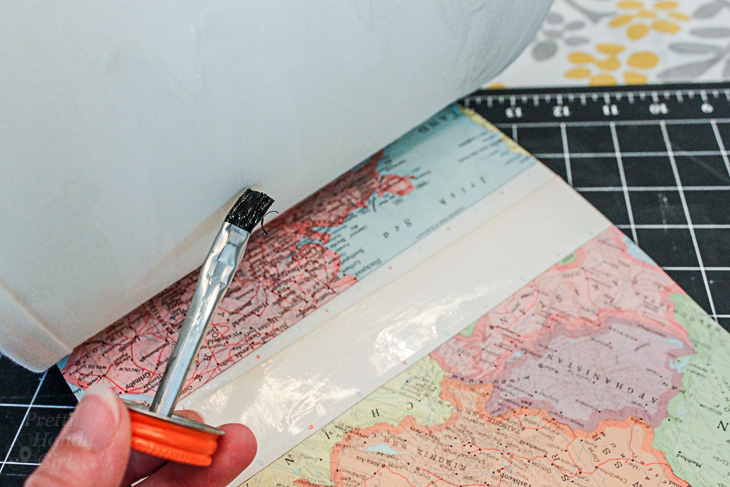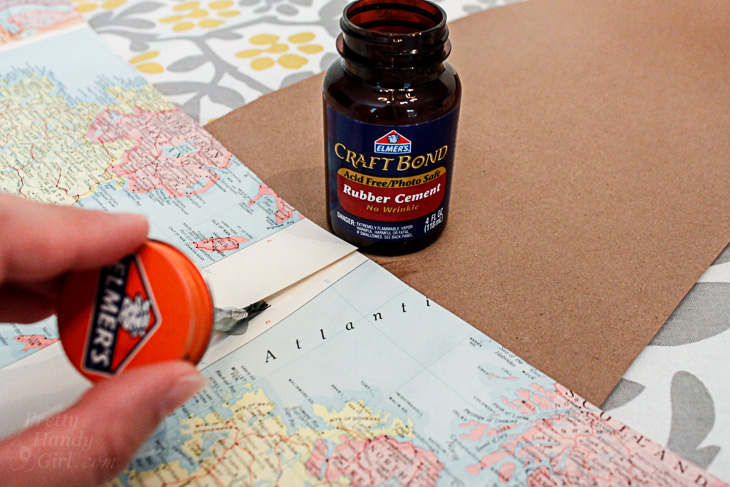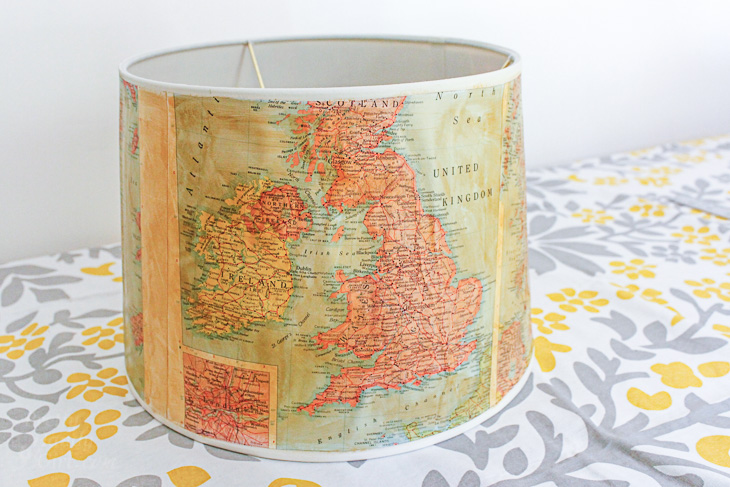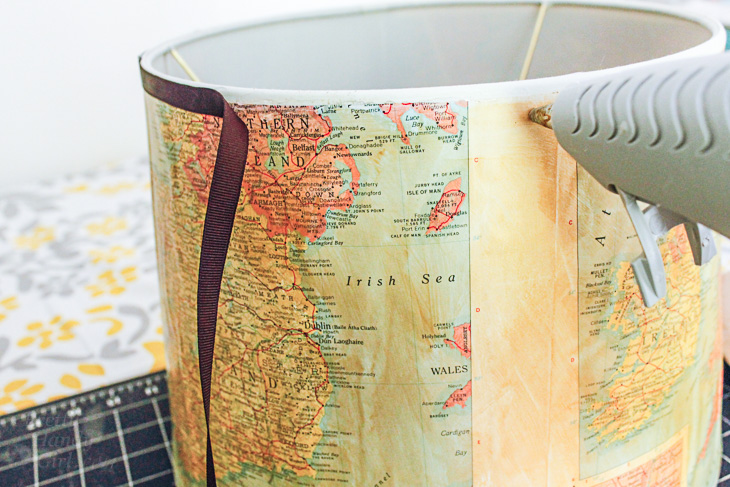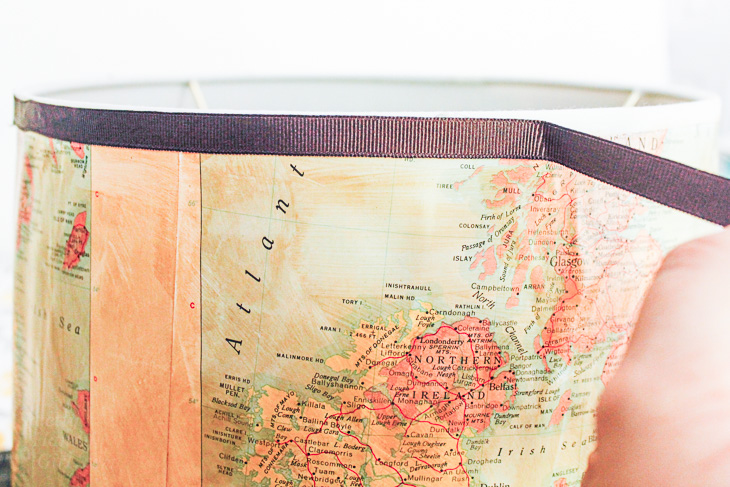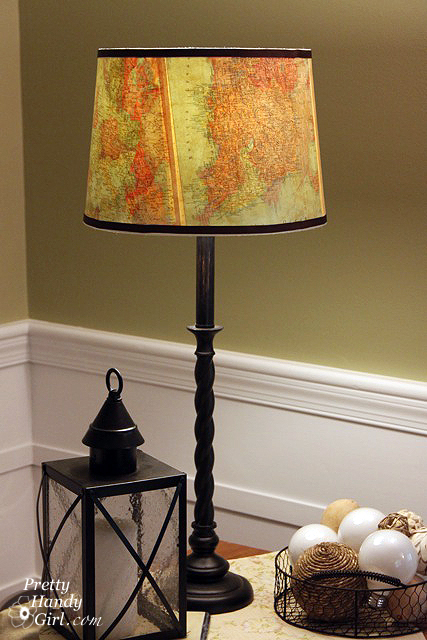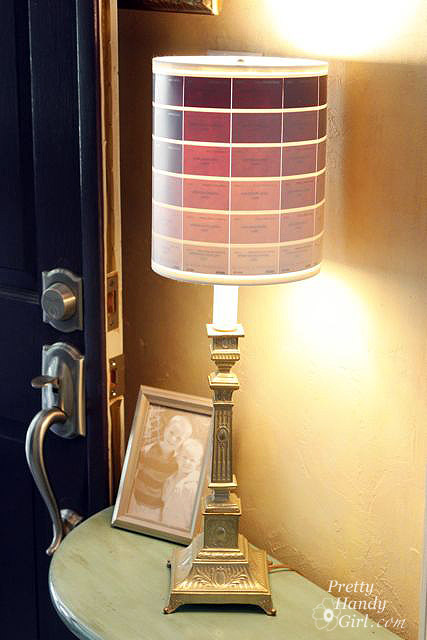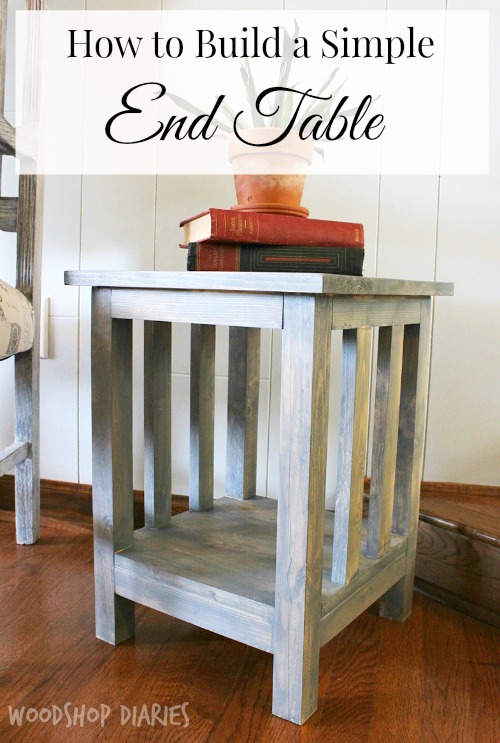 DIY Side Table Plans
DIY Side Table Plans
This little end table is a perfect fit for tight spaces or it would make a great plant stand! My sister asked me to make her a simple side table to sit between her chairs on the front porch, so here I am with the DIY Side Table Plans for you.
Hey guys, it’s Shara again from Woodshop Diaries! I’ve been working on several larger projects and decided to switch things up a little and work on some fun smaller builds like this cute little side table! The railings on the side make this somewhat of a “mission style” piece of furniture, which I’m quickly becoming a fan of. But the style is so simple that it would fit in with just about any décor—modern, farmhouse, traditional.
If you’re ready to get building this cute little DIY side table, here’s what you’ll need:
(I’ve included affiliate links for your convenience. I earn a small percentage from a purchase using these links. There is no additional cost to you. You can read more about affiliate links here.)
Tools:
- Miter saw
- Jig saw
- Kreg Jig for pocket holes
- Drill
- Nail gun (or hammer and nails)
- Clamps
- Tape Measure
Materials:
- (1) 2”x 2”x 8’ board
- (2) 1”x 2”x 8’ board
- (1) 1”x 6”x 8’ board
- (1) 1’x 4’ x 8’ board
- 1 ¼” pocket hole screws
- 1 ¼” and 2 ½” wood screws
- Wood Glue
Cut List:
- (4) 1 ½”x 1 ½” x 19” (table legs)
- (8) ¾” x 1 ½”x 11 ½” (top and bottom supports)
- (3) ¾”x 5 ½”x 16 ½” (table top)
- (1) ¾”x 3 ½”x 14 ½” (part of bottom shelf)
- (2) ¾”x 5 ½”x 14 ½” (other part of bottom shelf)
- (4) ¾”x 1 ½”x 12” (side rails)
DIY Side Table Plans Instructions:
Step 1: Cut legs and supports
Cut four 2”x 2” pieces for table legs according to the cut list above. Then, cut eight 1”x 2” pieces according to the cut list for the top and bottom supports.
Step 2: Assemble the frame
Drill a ¾” pocket hole into each end of all 8 support pieces. Make a mark on the legs 3” from the bottom. Attach the supports as shown below (line up the bottom edge of the bottom support with the 3” mark.)
Once you have two frames assembled as shown above, attach two supports between the two frames at the bottom (as shown below.) You can go ahead and attach the other two at the top, but I found it easier to do this after the bottom shelf is in place.
Step 3: Add bottom shelf
The bottom shelf is composed of two 1”x6” boards and one 1”x4” board. Cut the shelf pieces according to the cut list and glue them together using wood glue.
Once the glue has dried, use a jig saw to notch out 1 ½” squares into all four corners.
Slide the shelf in place and use a nail gun to secure the shelf to the bottom supports.
Step 4: Add side rails
Cut four 1”x 2” side rails according to the cut list. If you haven’t already attached the last two top supports from step 2, go ahead and attach these using 1 ¼” pocket hole screws. Place the 1”x 2” side rails in place (two rails on two opposite sides) spacing evenly. (I found 2 7/8” space between the rails provides even spacing.) Clamp rails in place while you screw them in.
Drill pilot holes through the top supports and screw in 2 ½” screws to hold the rails in place at the top.
Then, drill pilot holes at an angle through the bottom and screw in 1 ¼” screws to hold the rails in place at the bottom.
Step 5: Attach the top
Cut three 1”x6” boards for the top according to the cut list. Just like the bottom shelf, glue the boards together.
Once the glue has dried, line the top of the table base with glue and clamp the top on.
Finishing Your DIY Side Table:
Sand it down and putty holes. Paint, stain or finish as desired. I stained the table with Rustoleum Weathered Gray.
I love the simple style of this table. What do you guys think? Do you think you could use these DIY plans to build your own side table?
For another simple, but stylish end table, check out my twisty table!
Until next time, happy building 🙂
Like this side table? You may also like this copper pipe and wood half round table:
